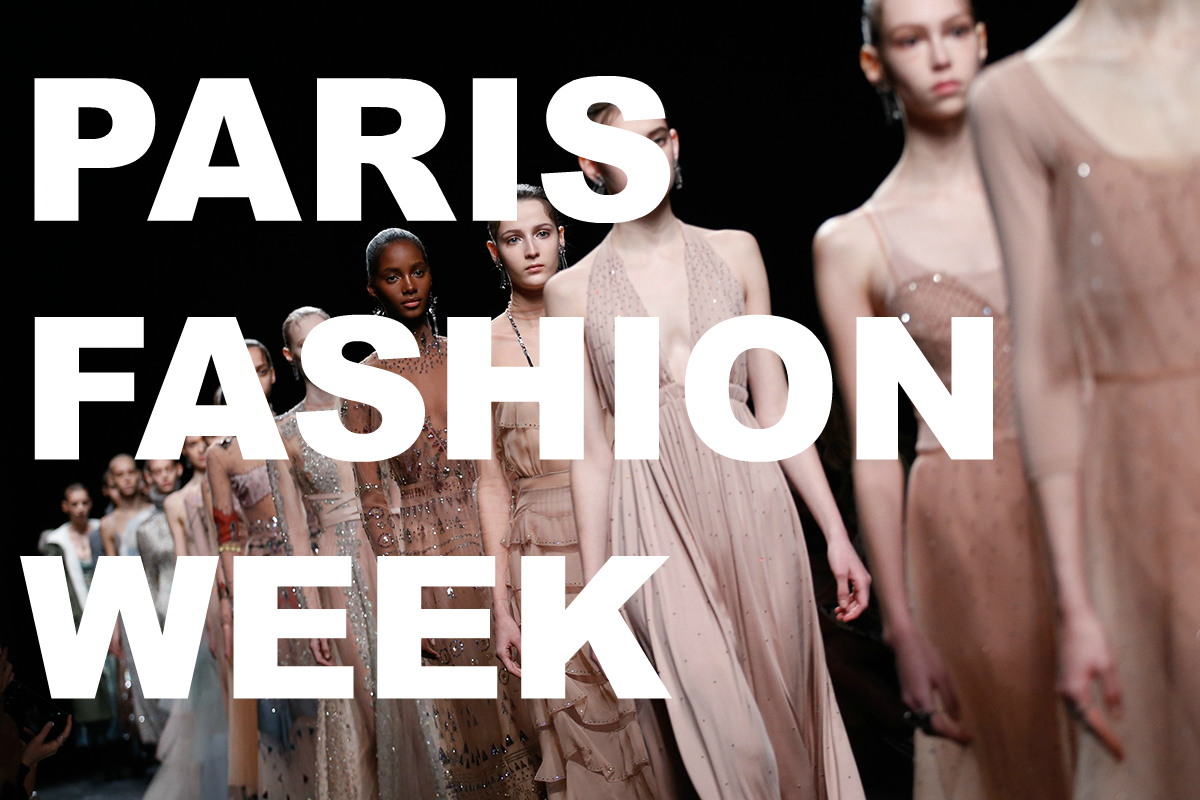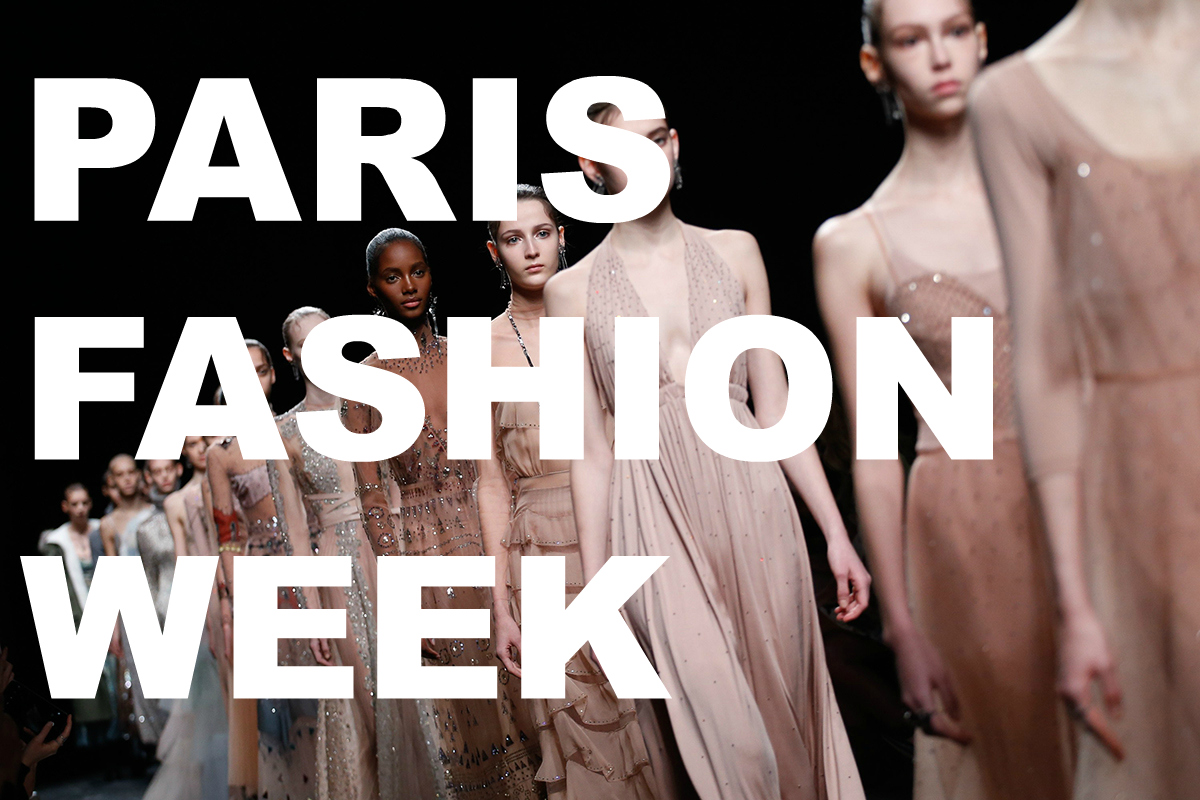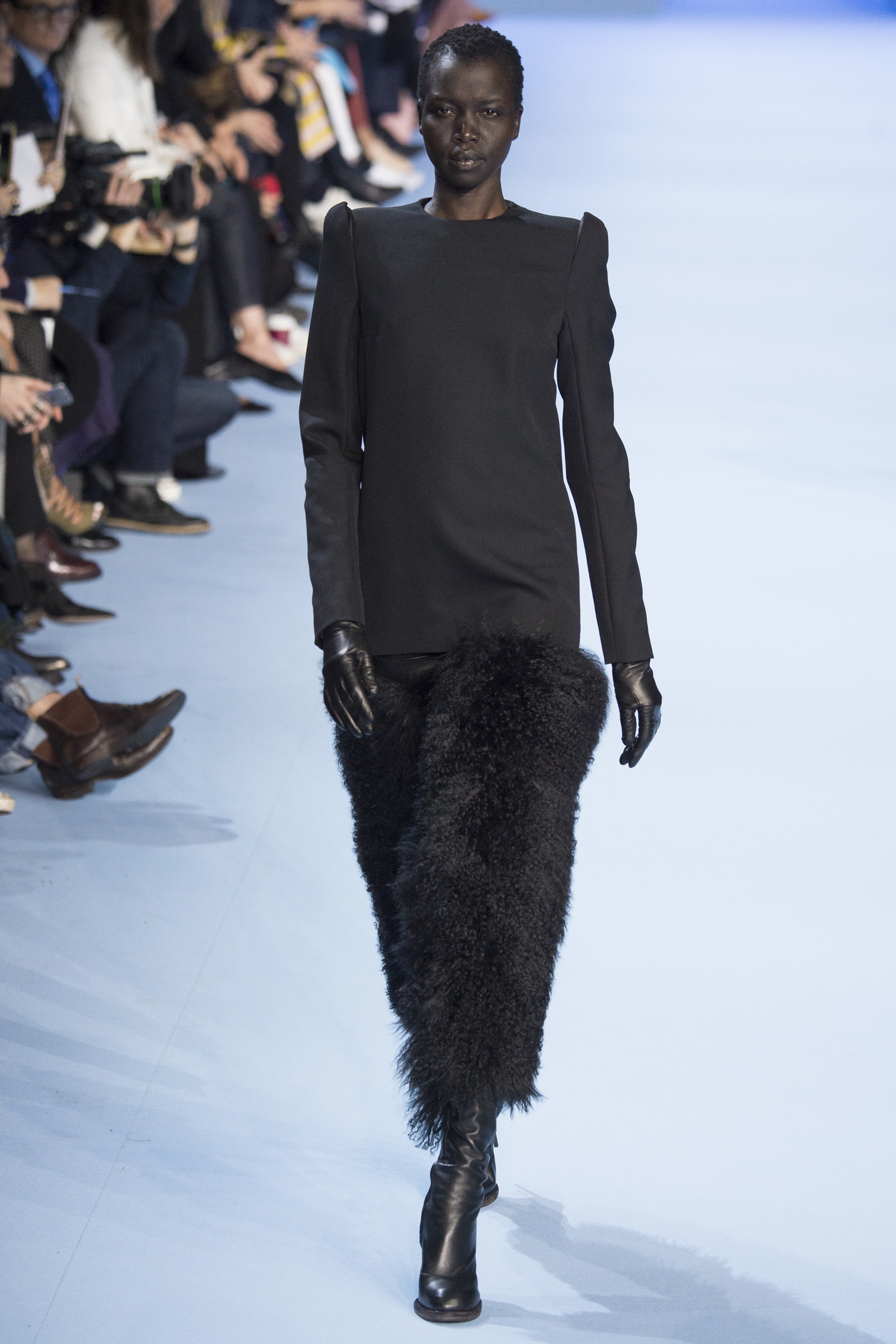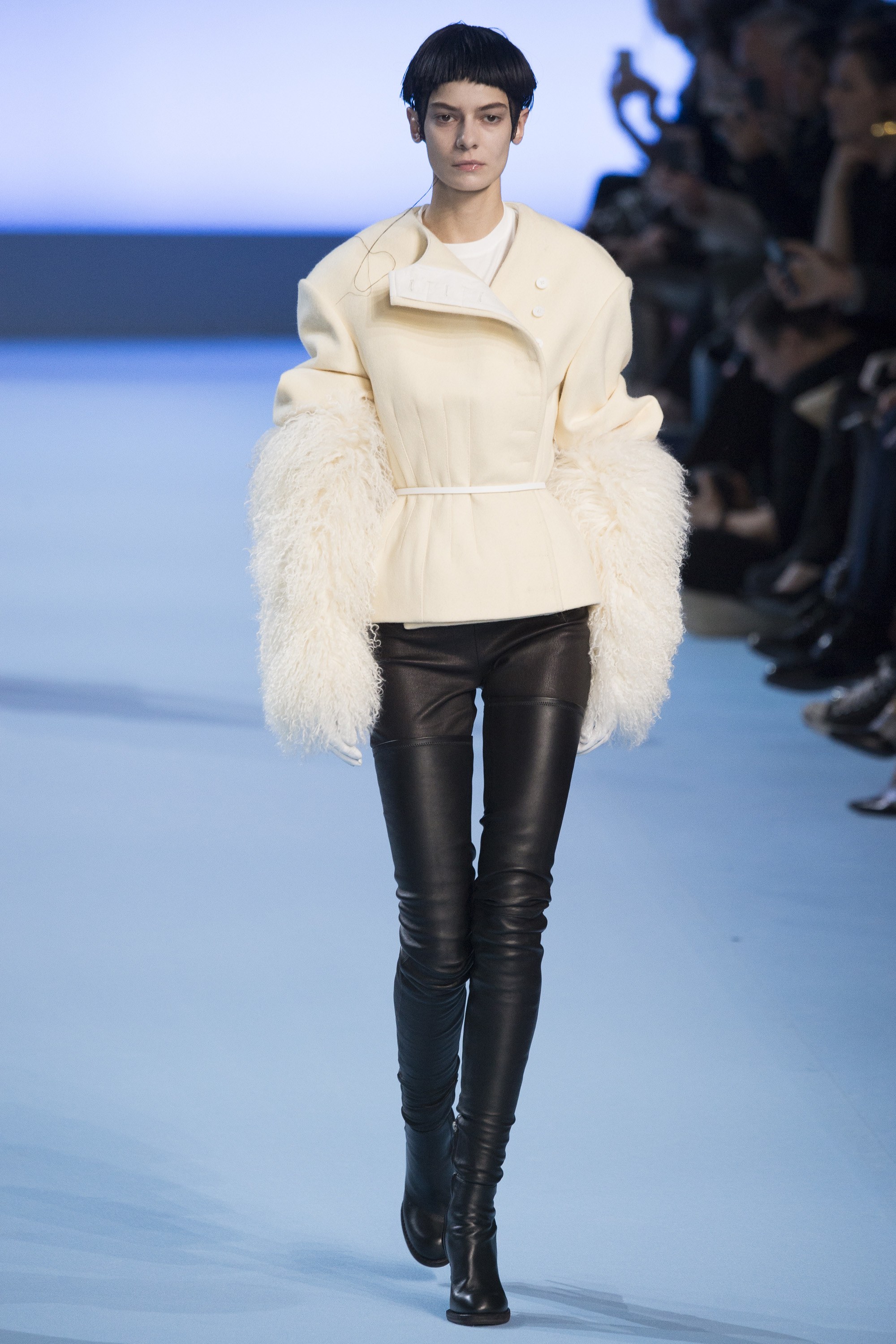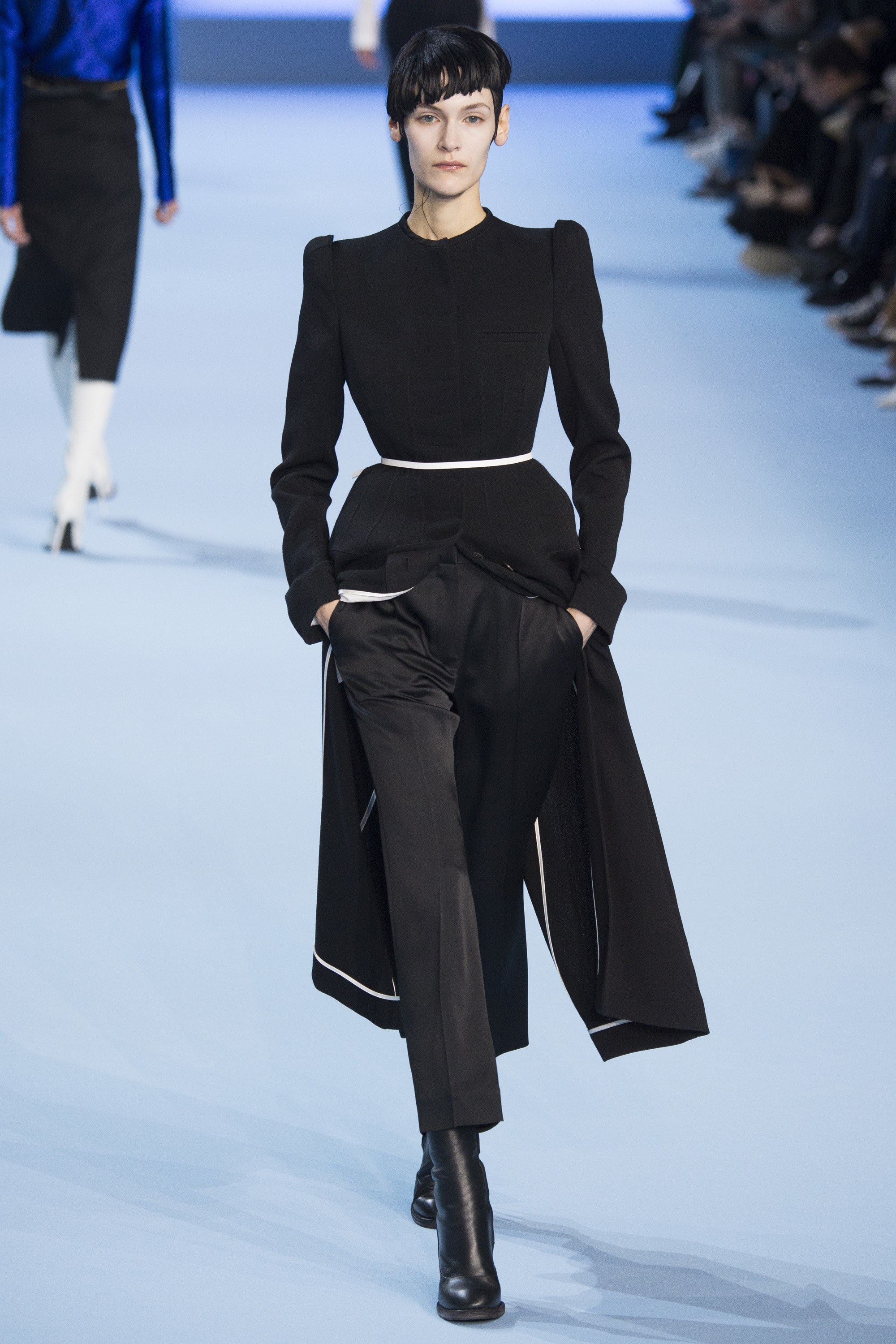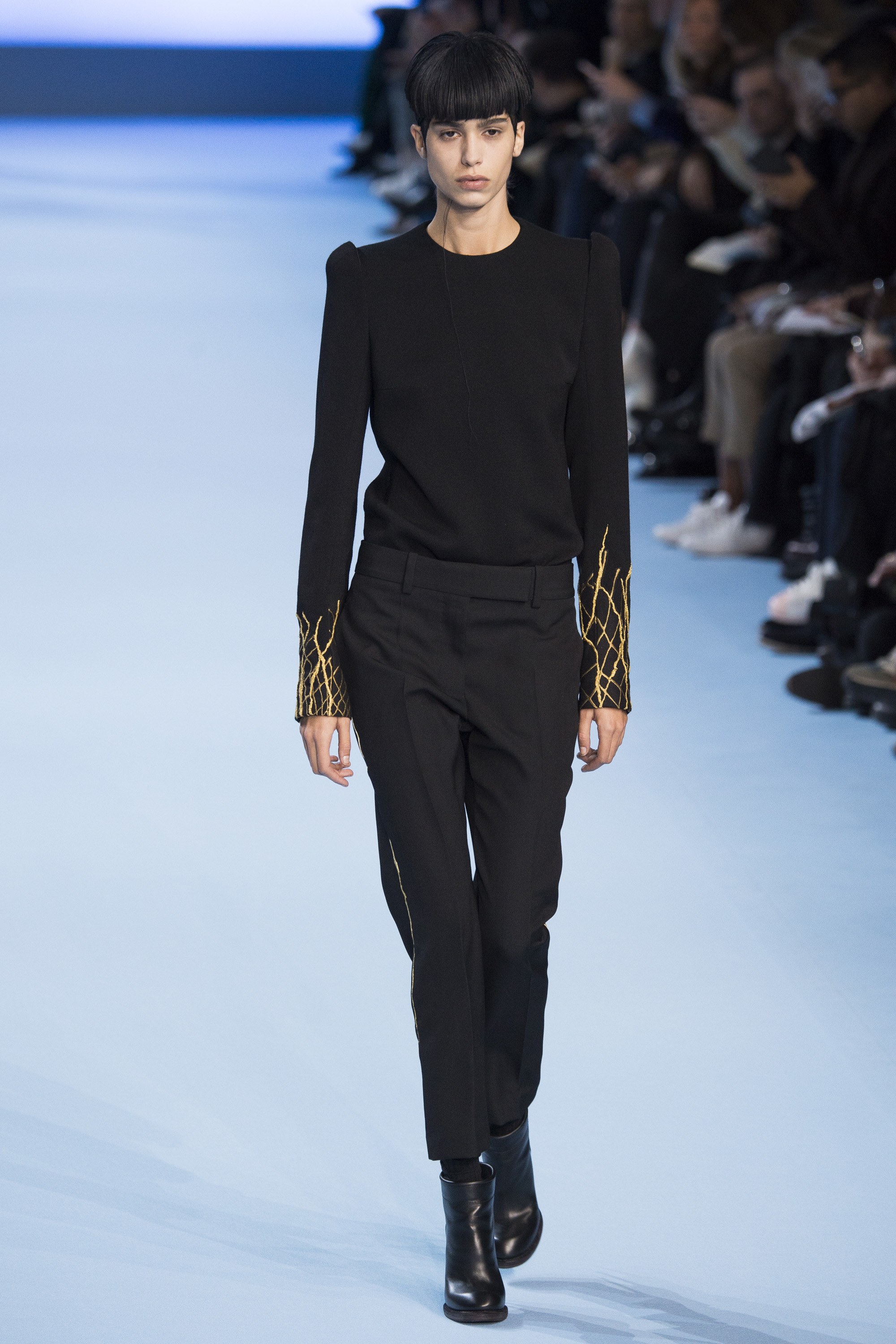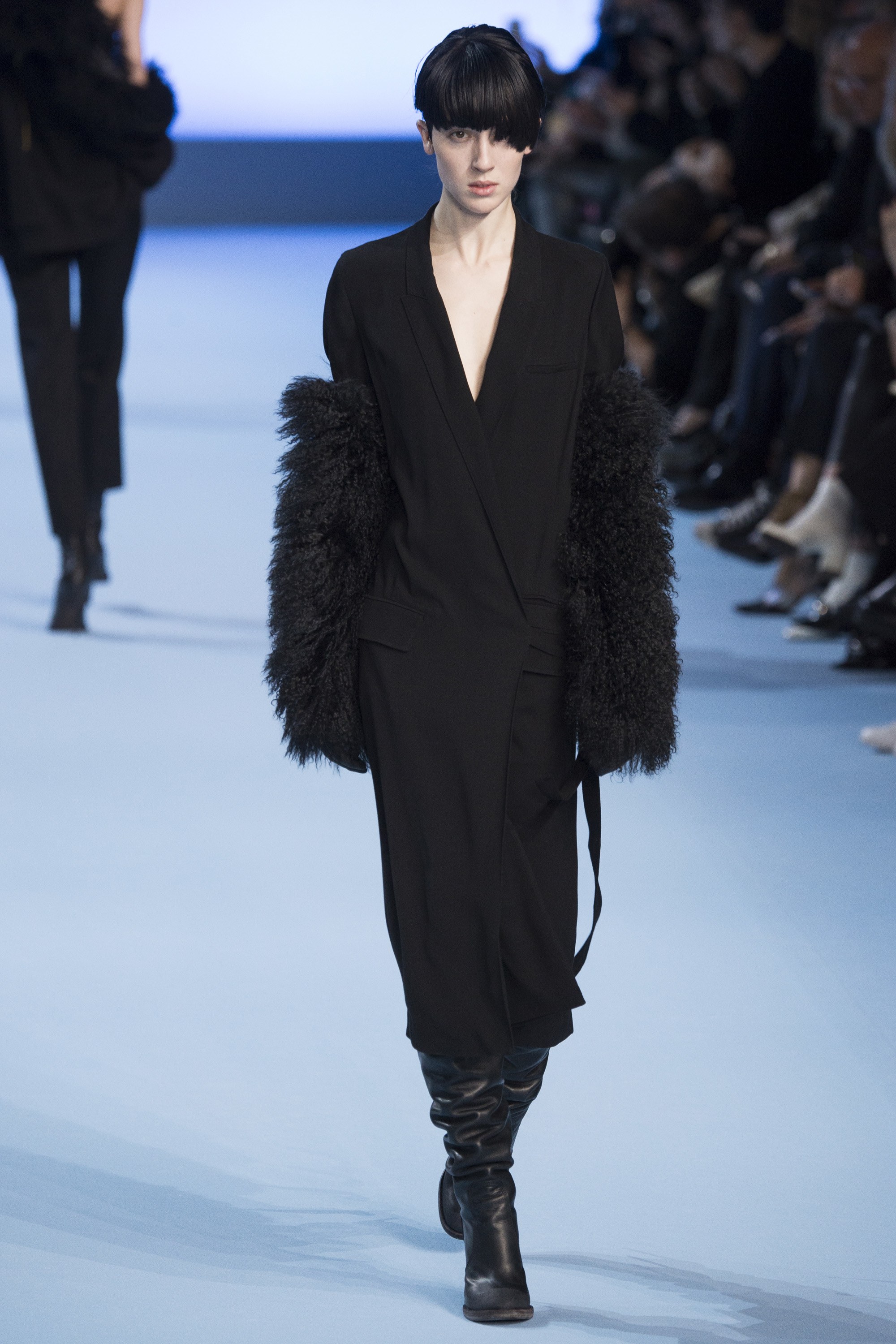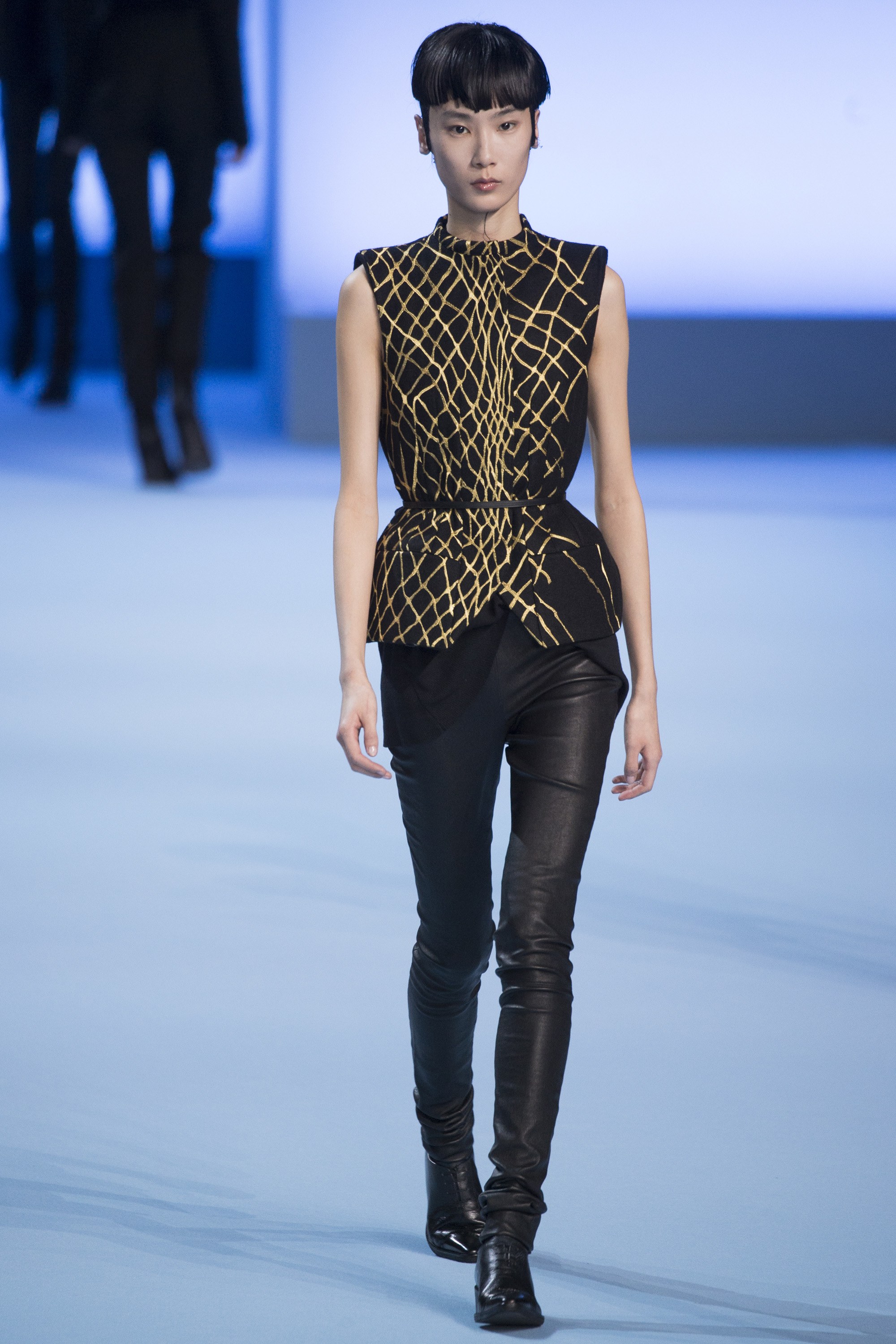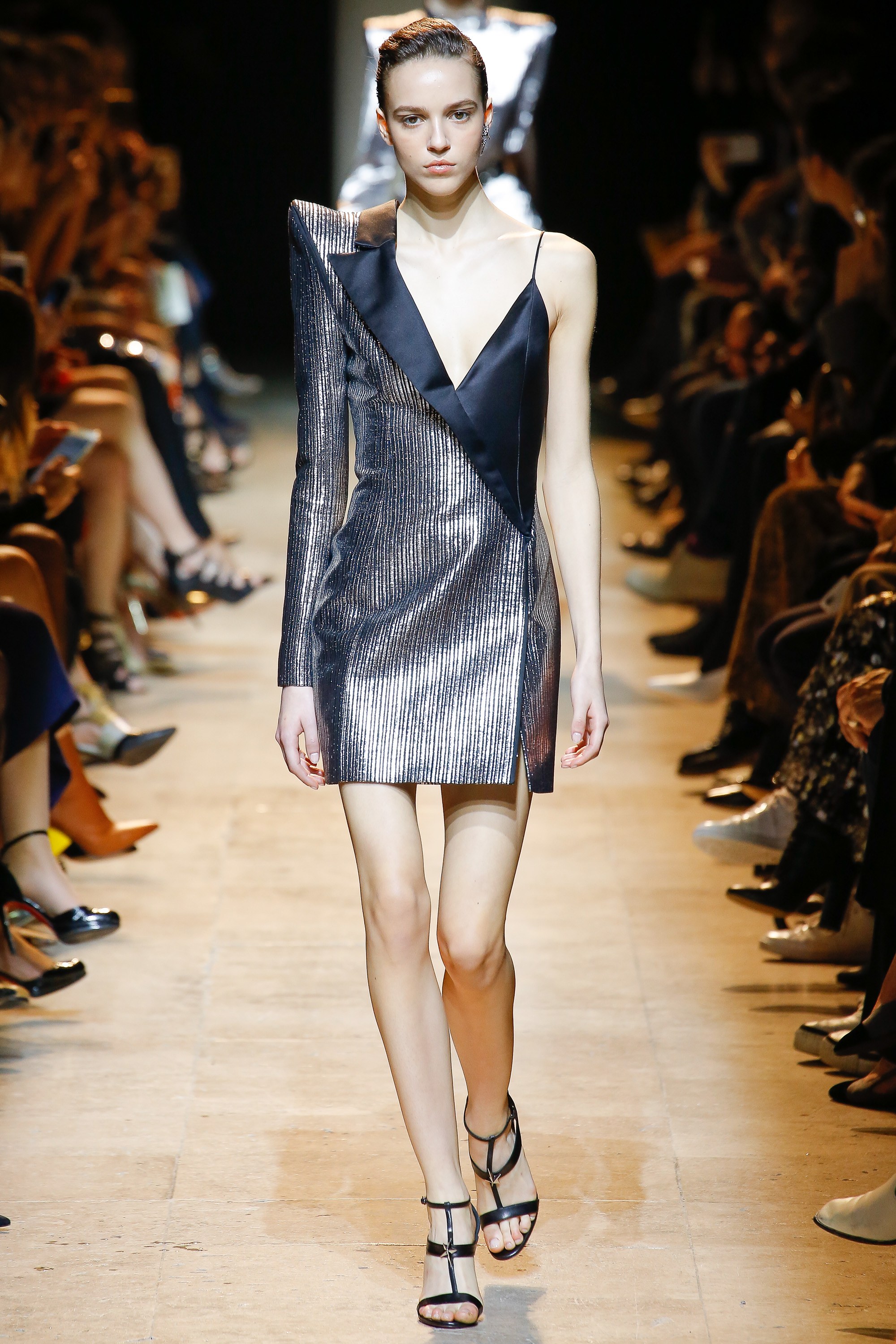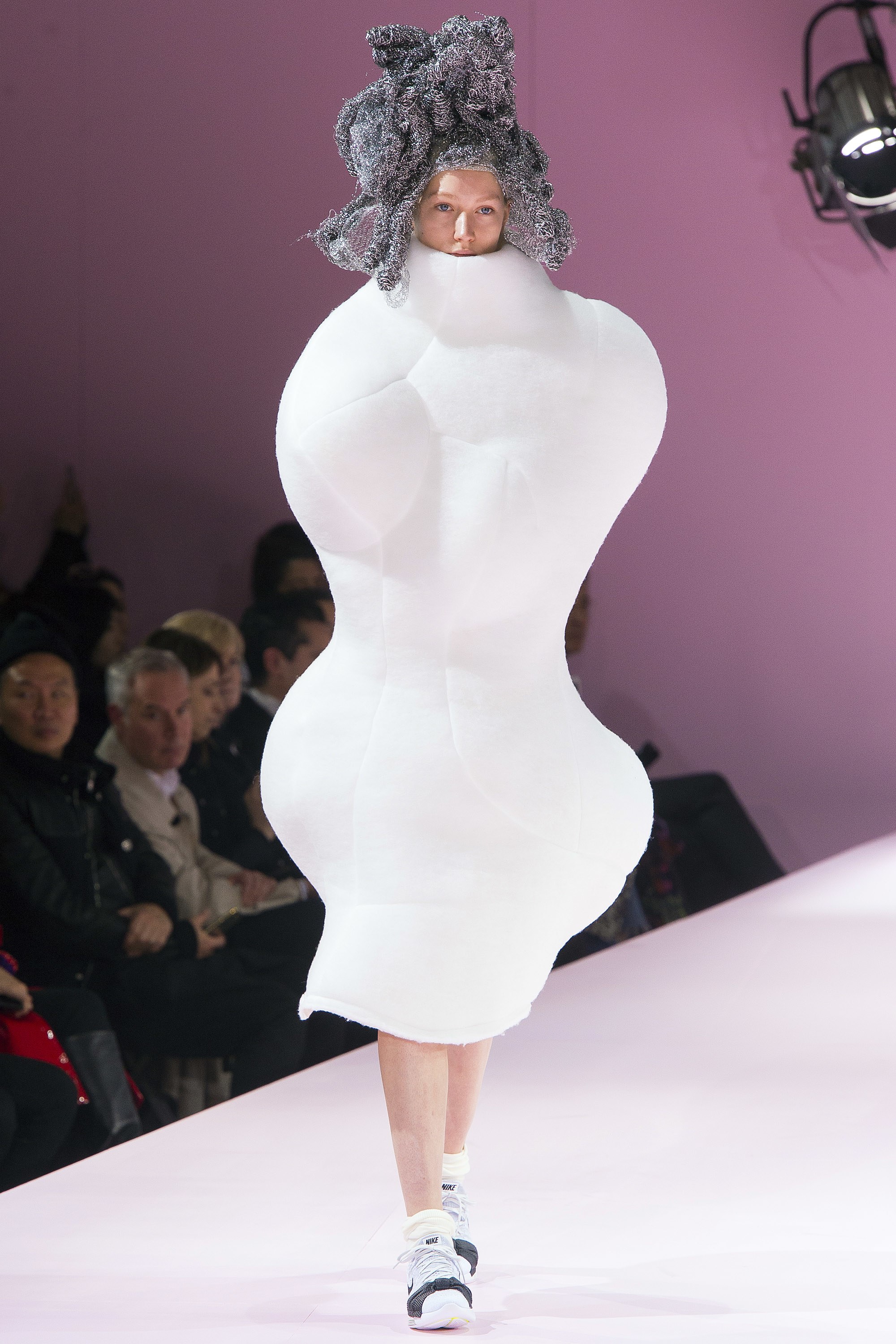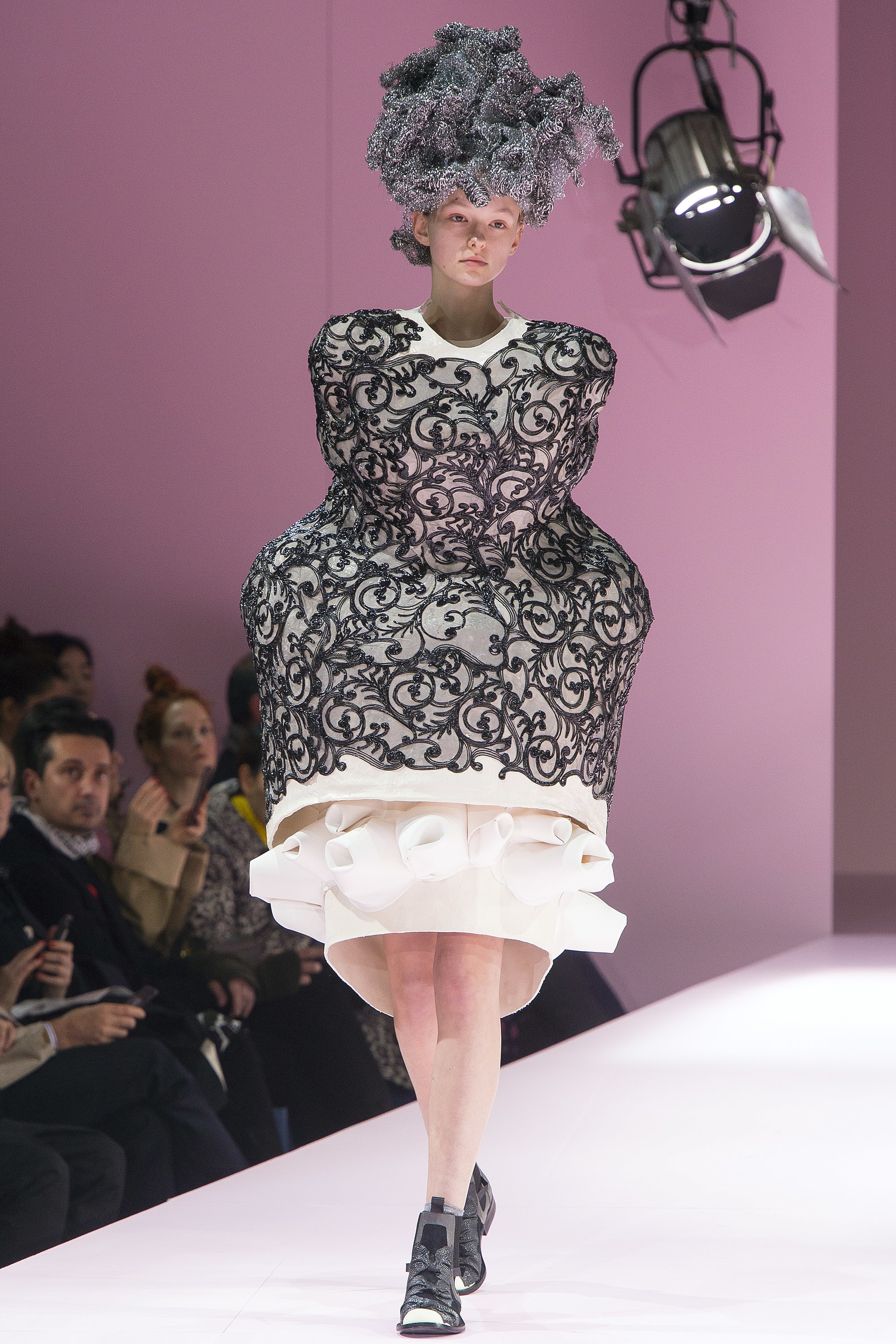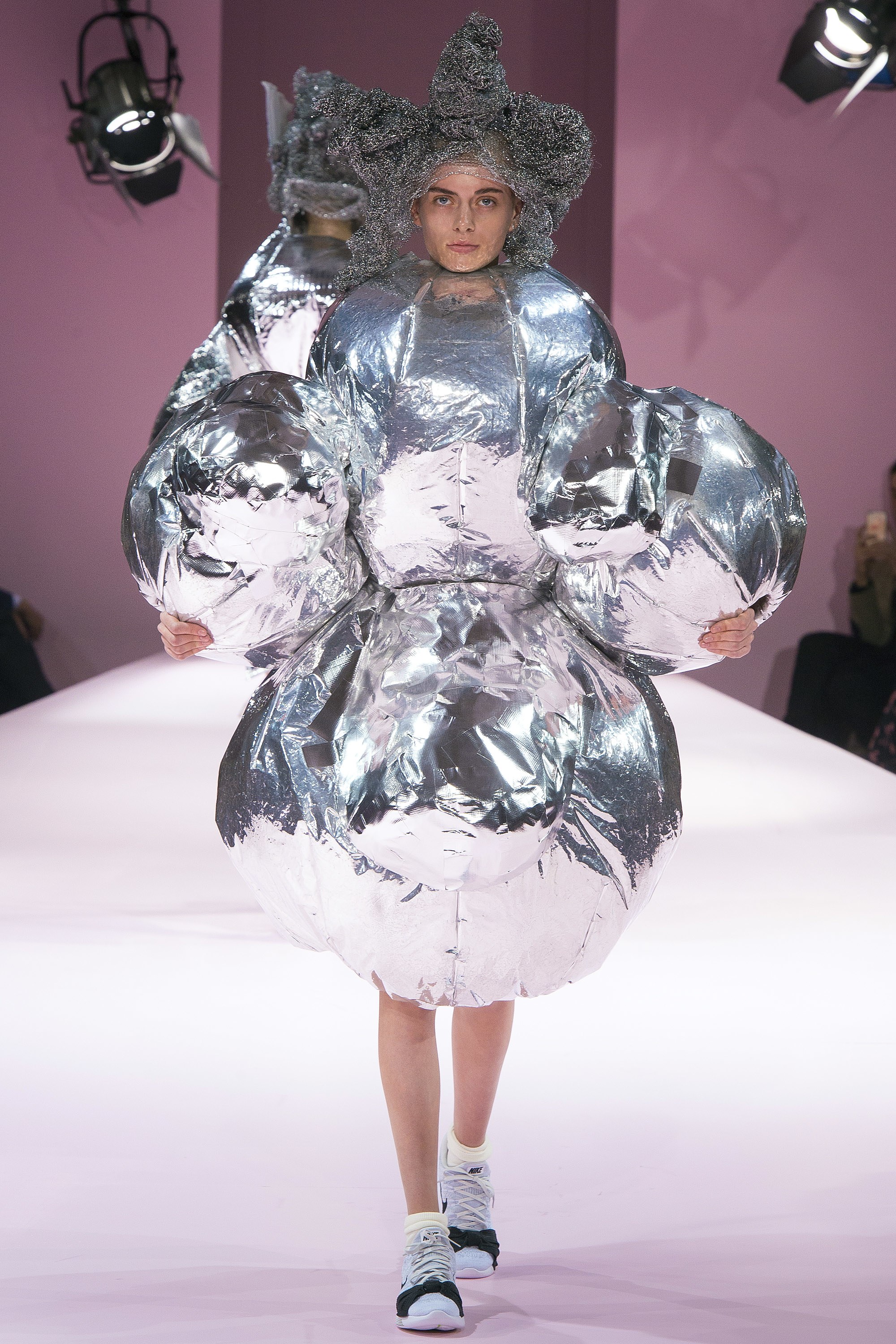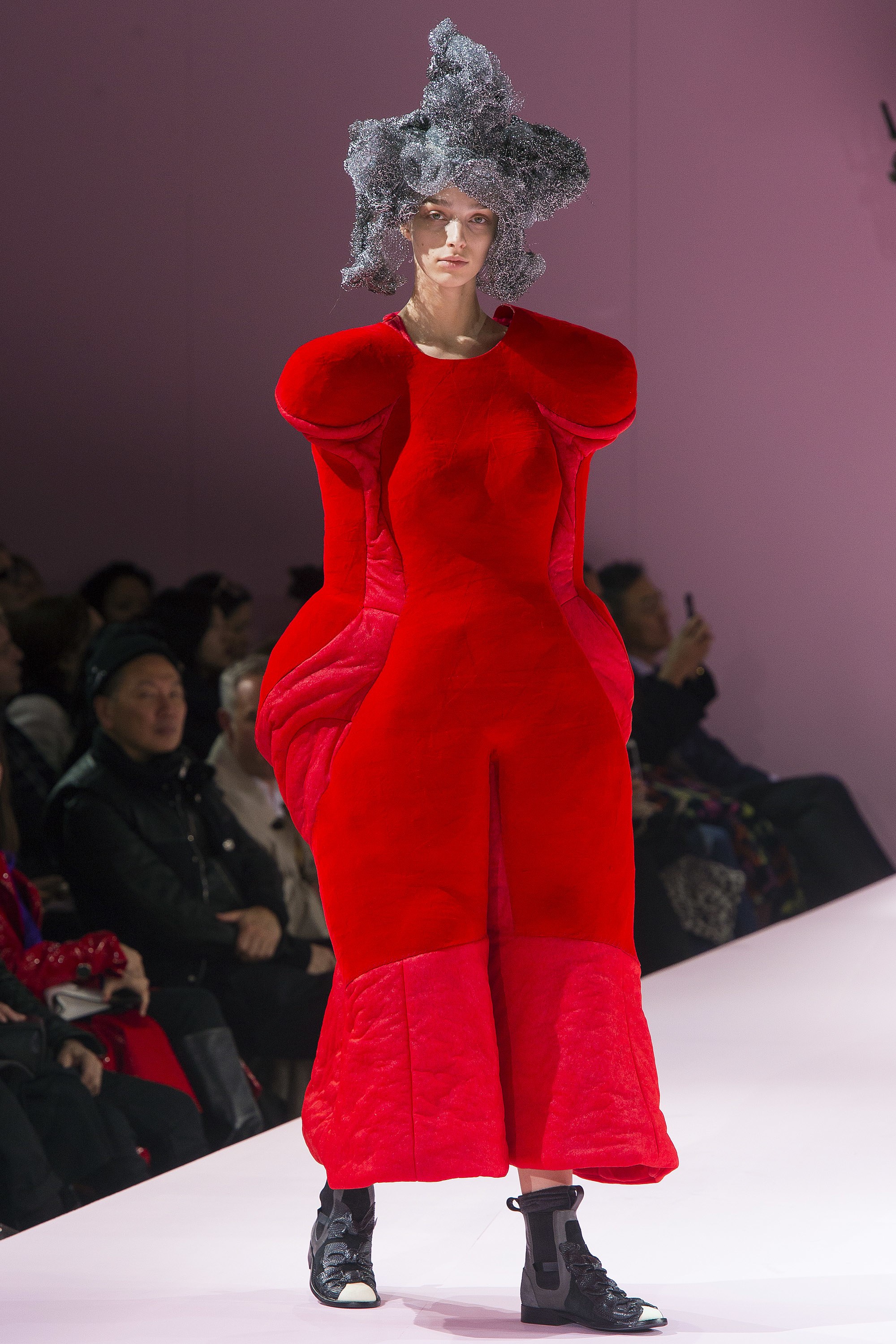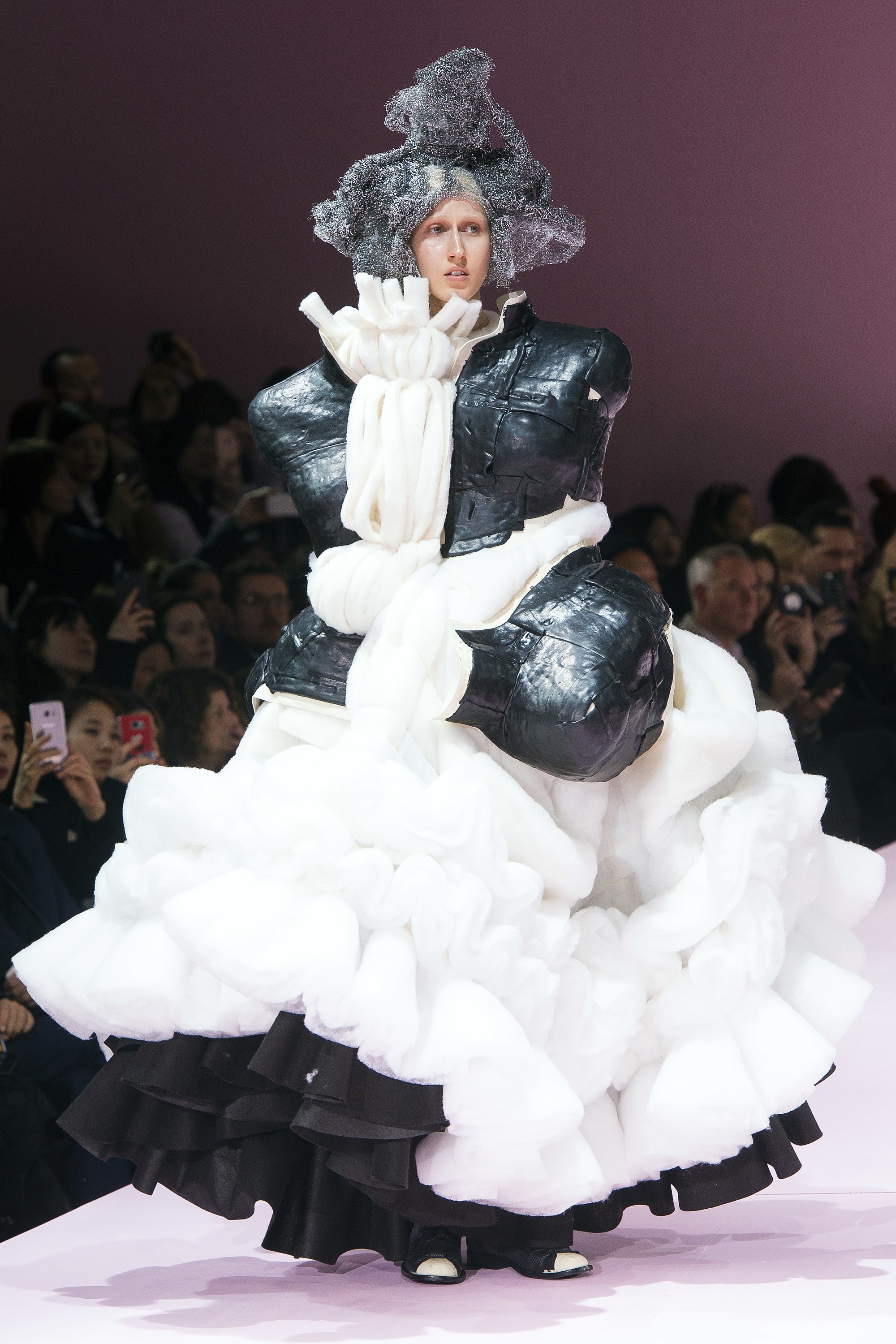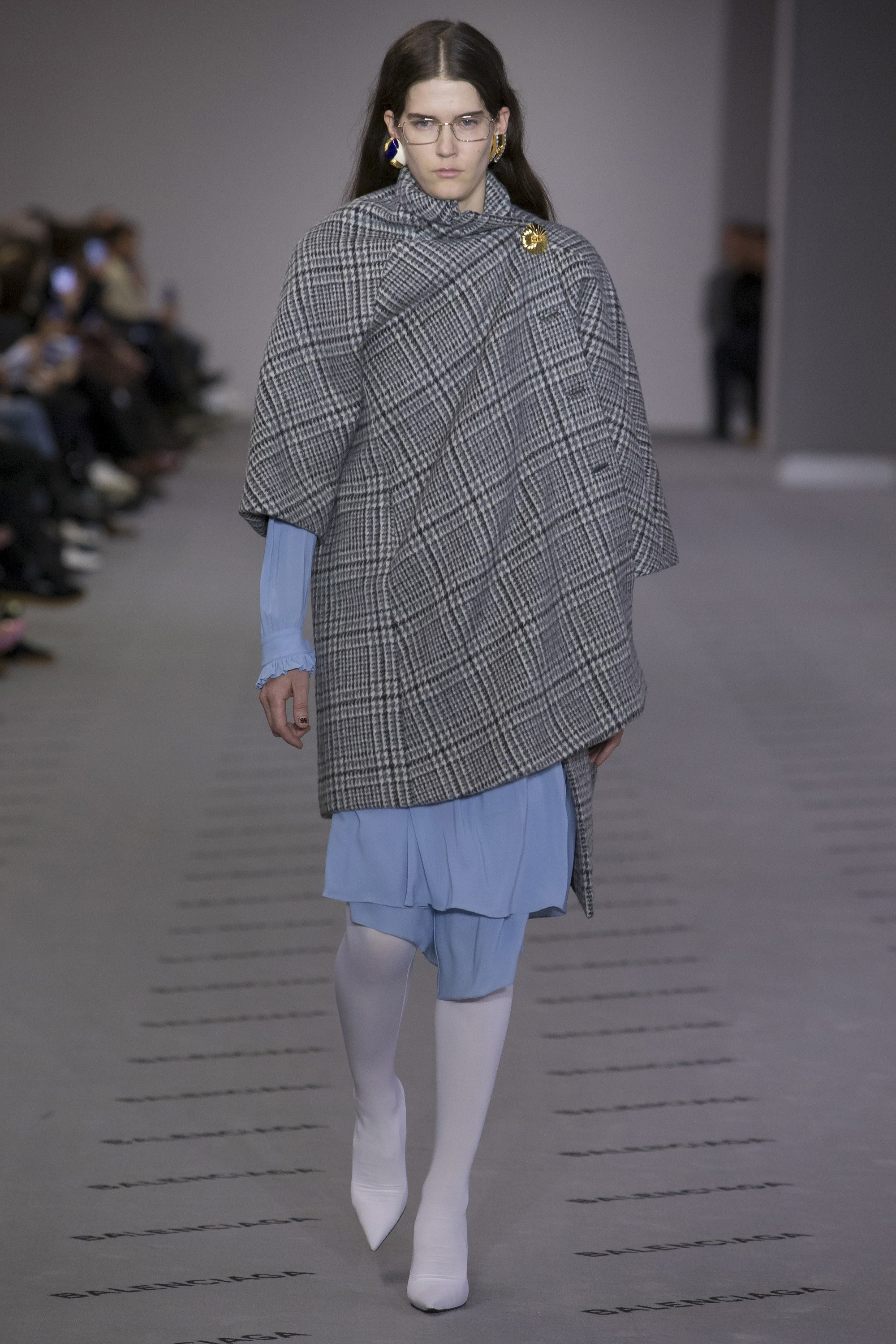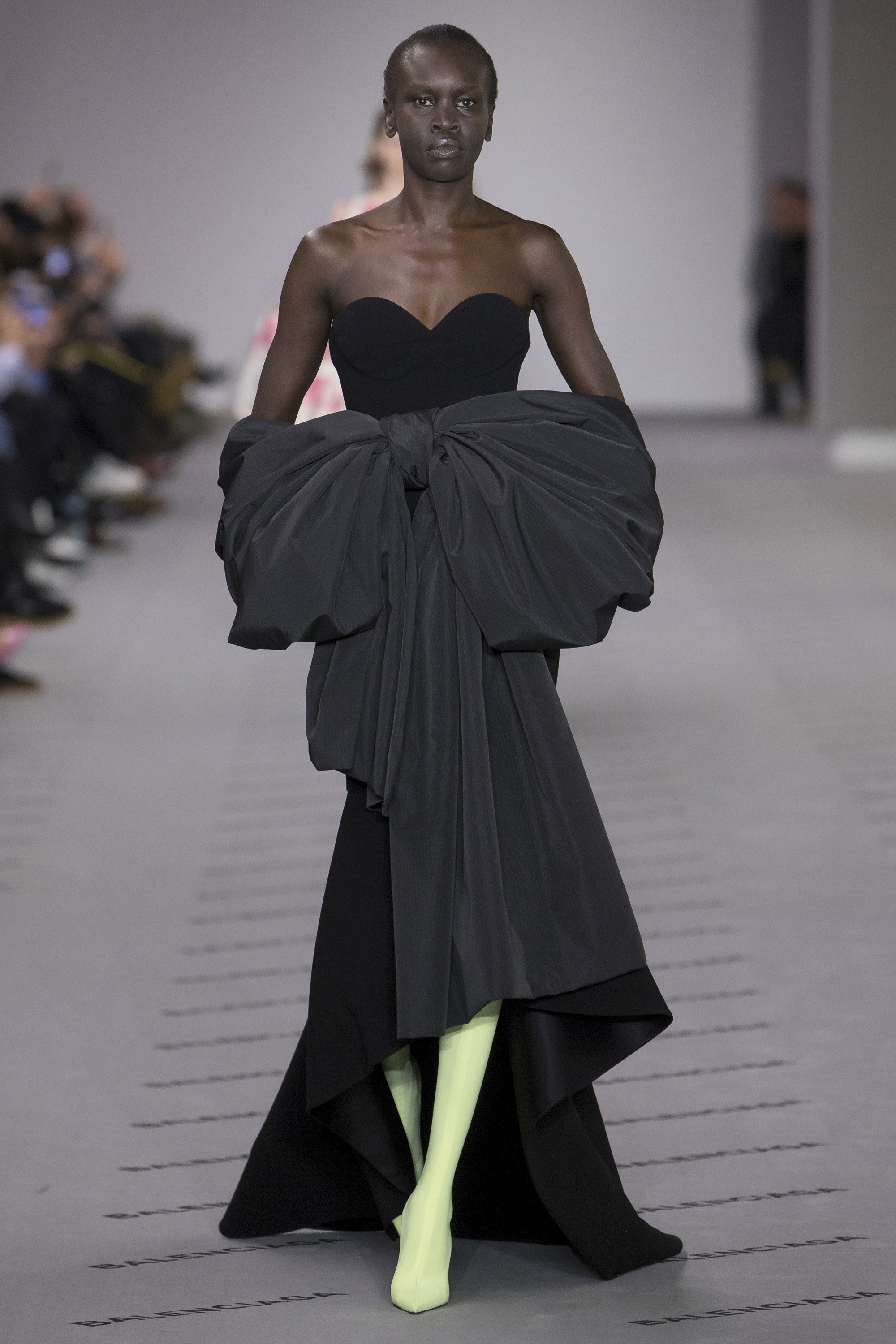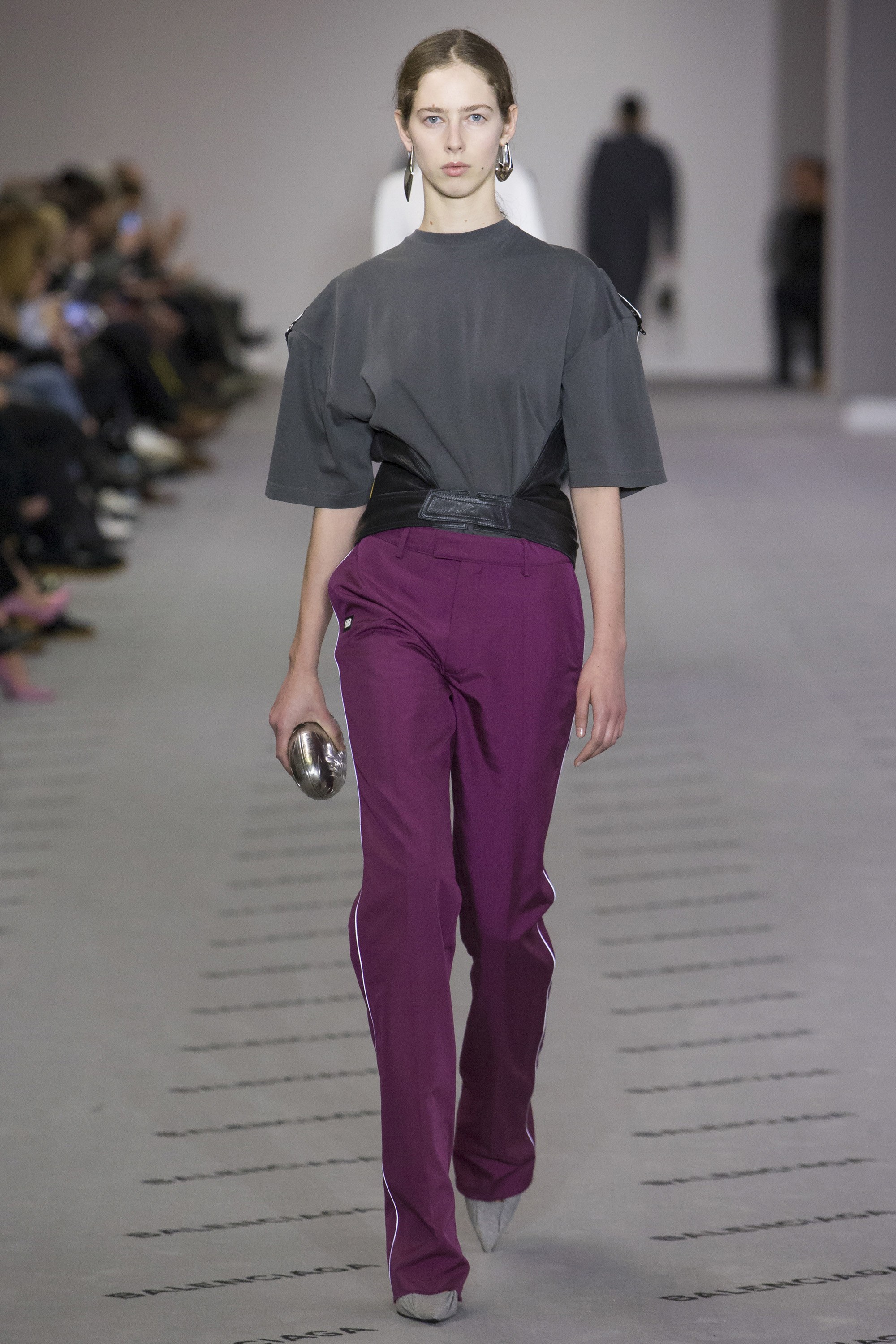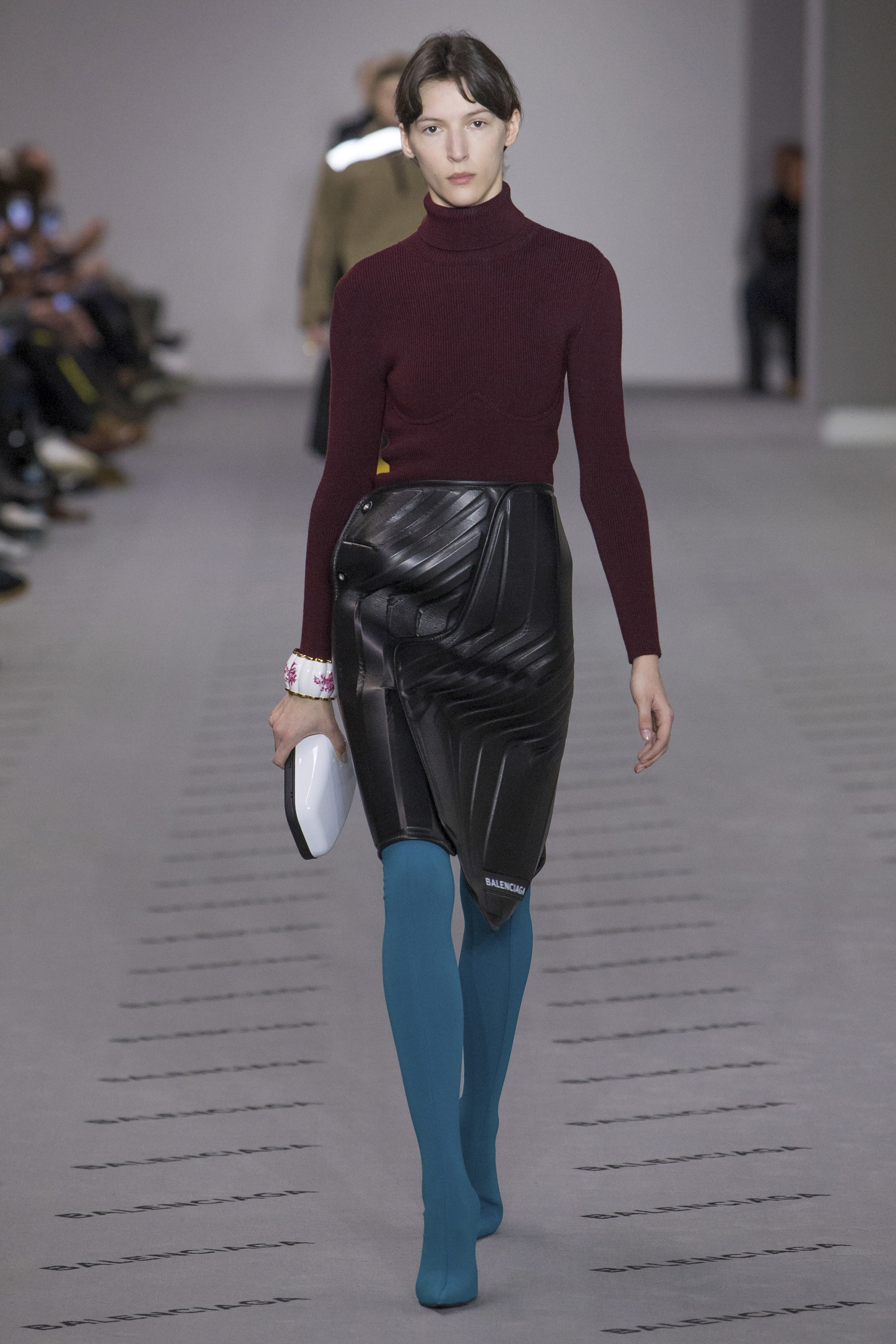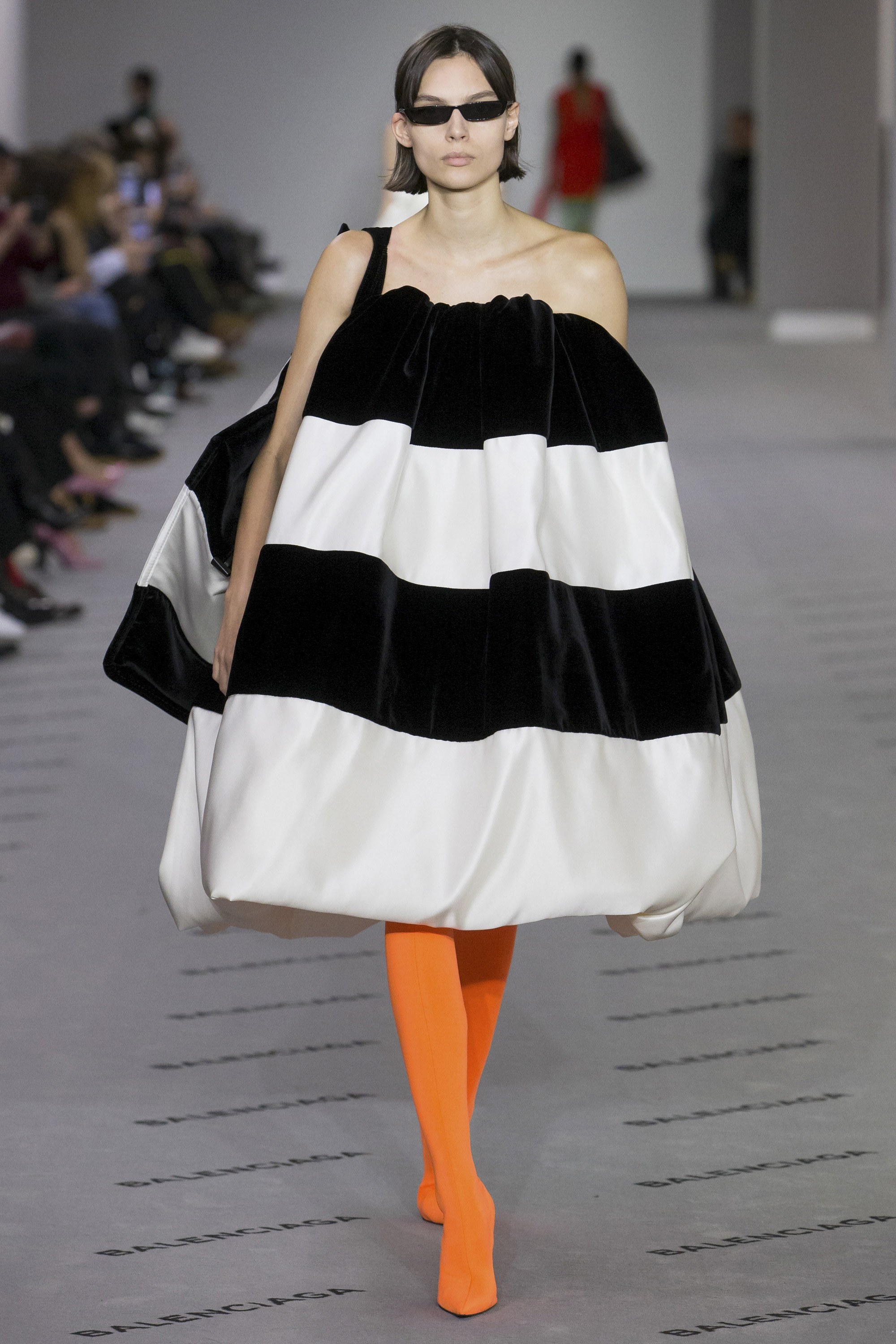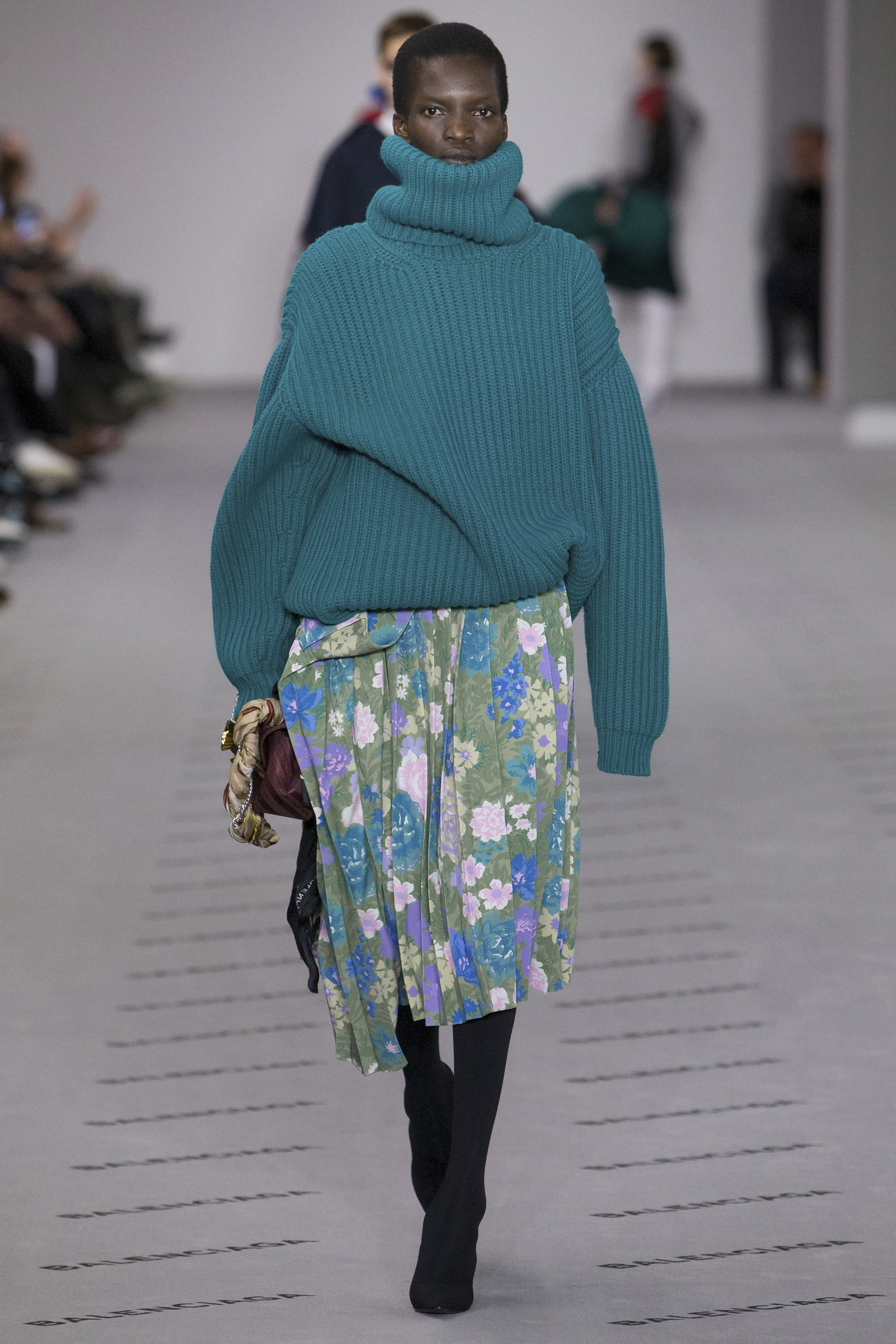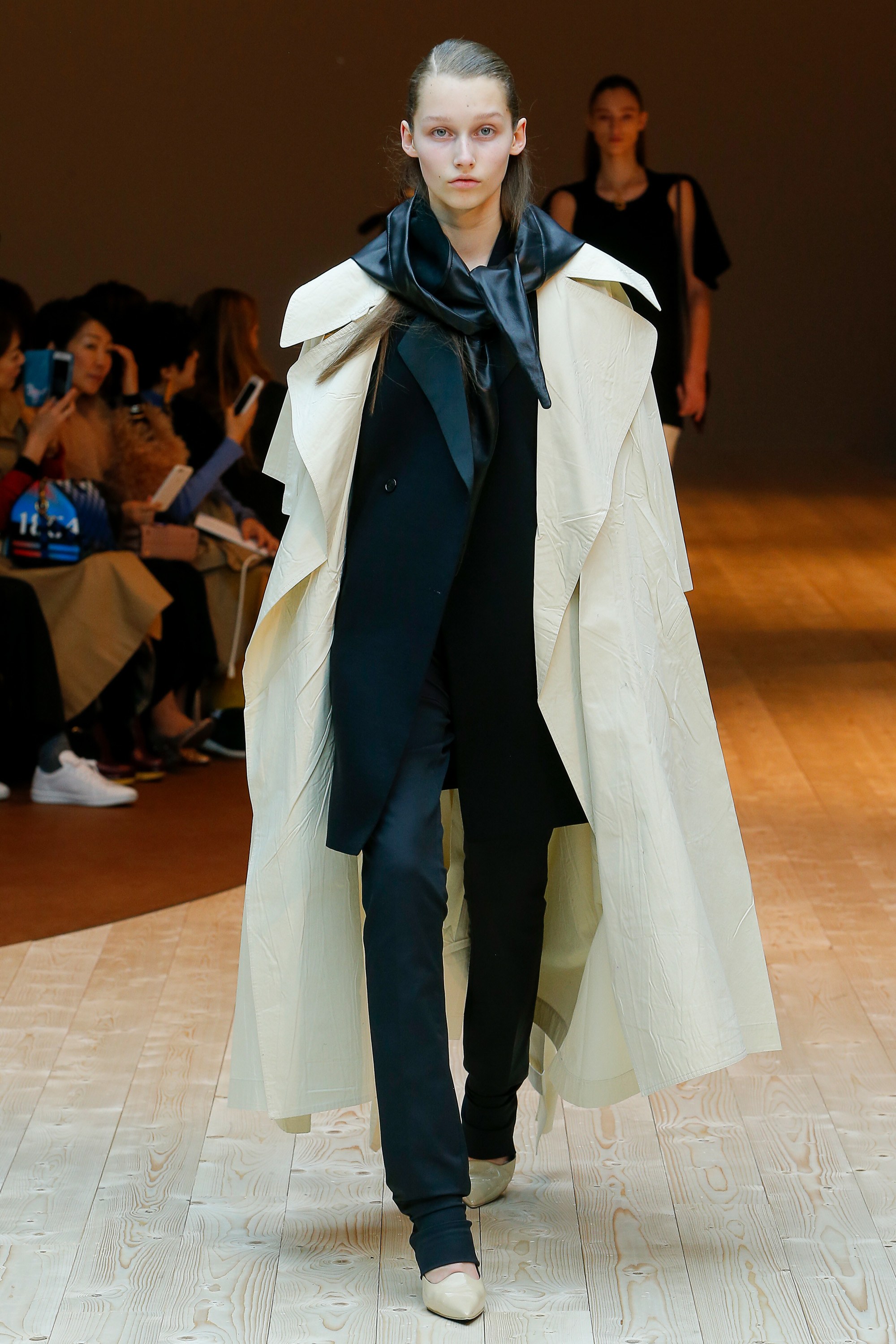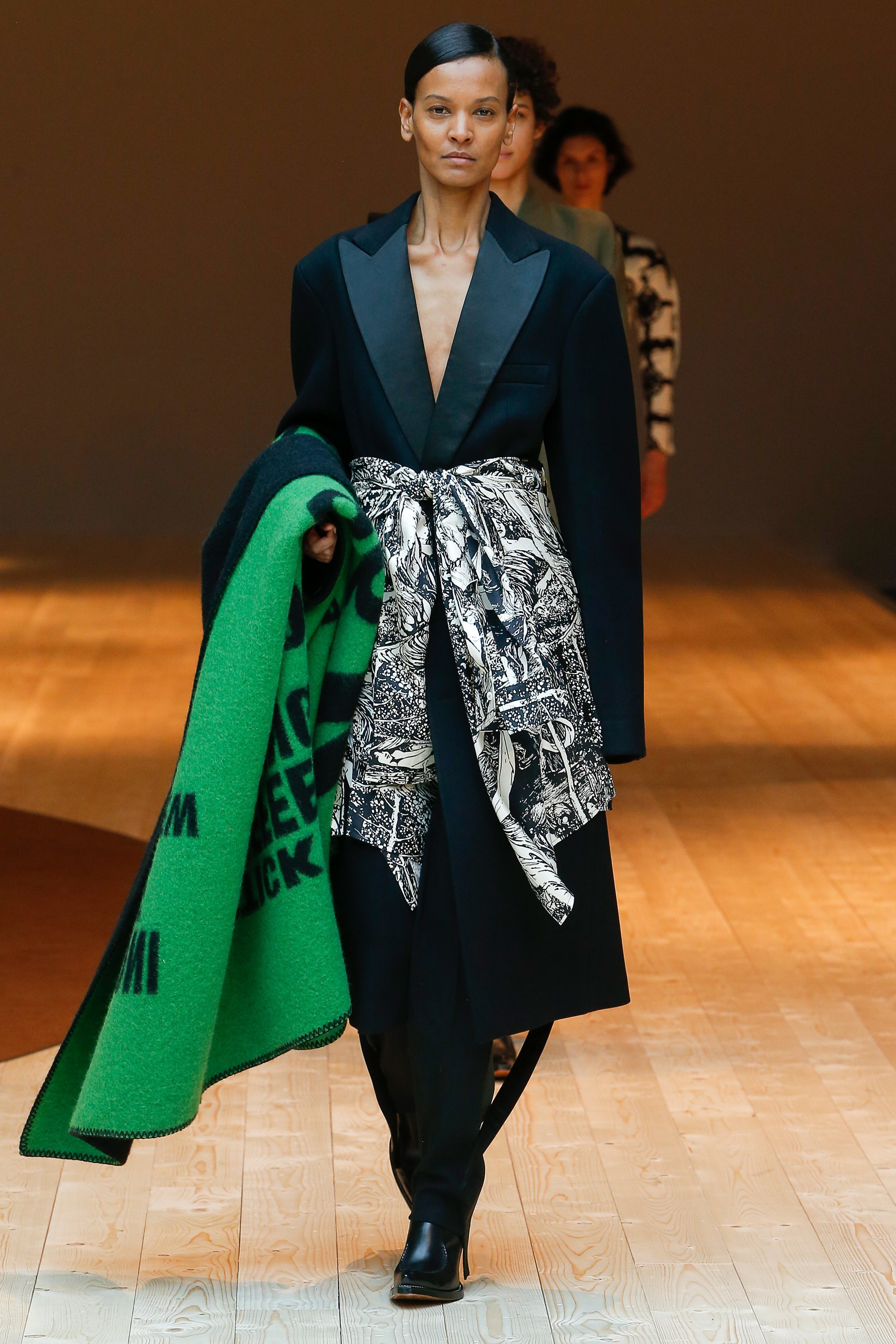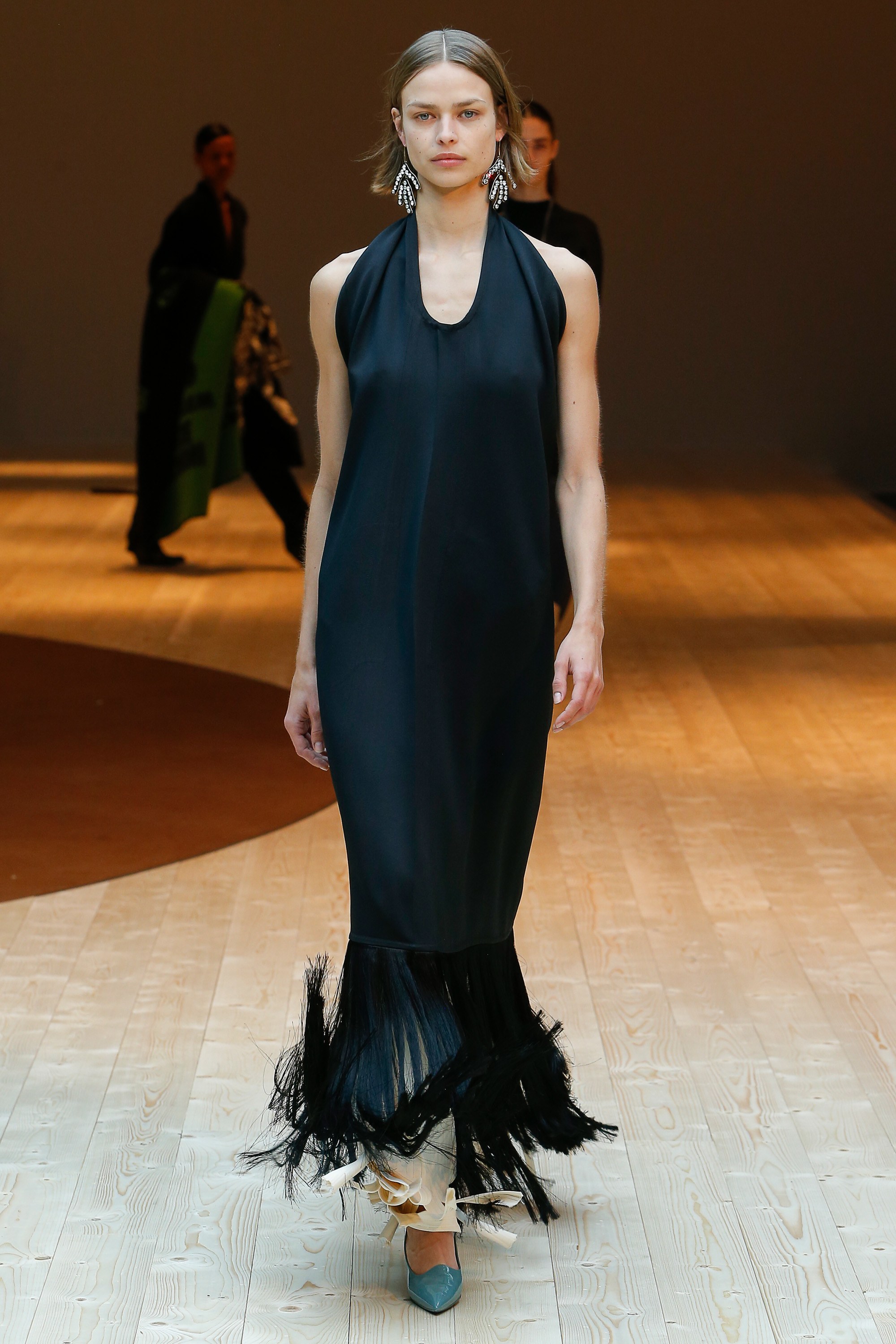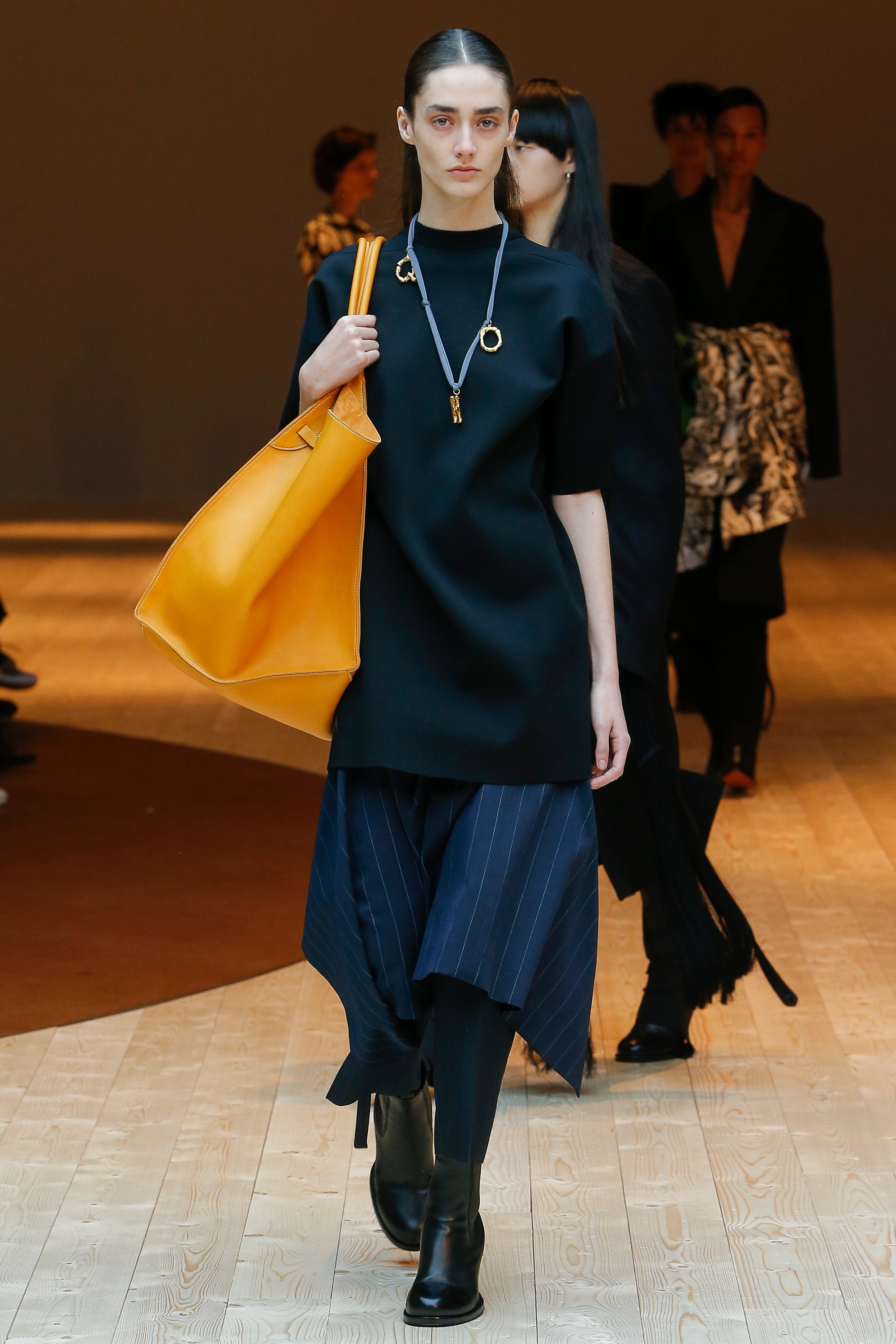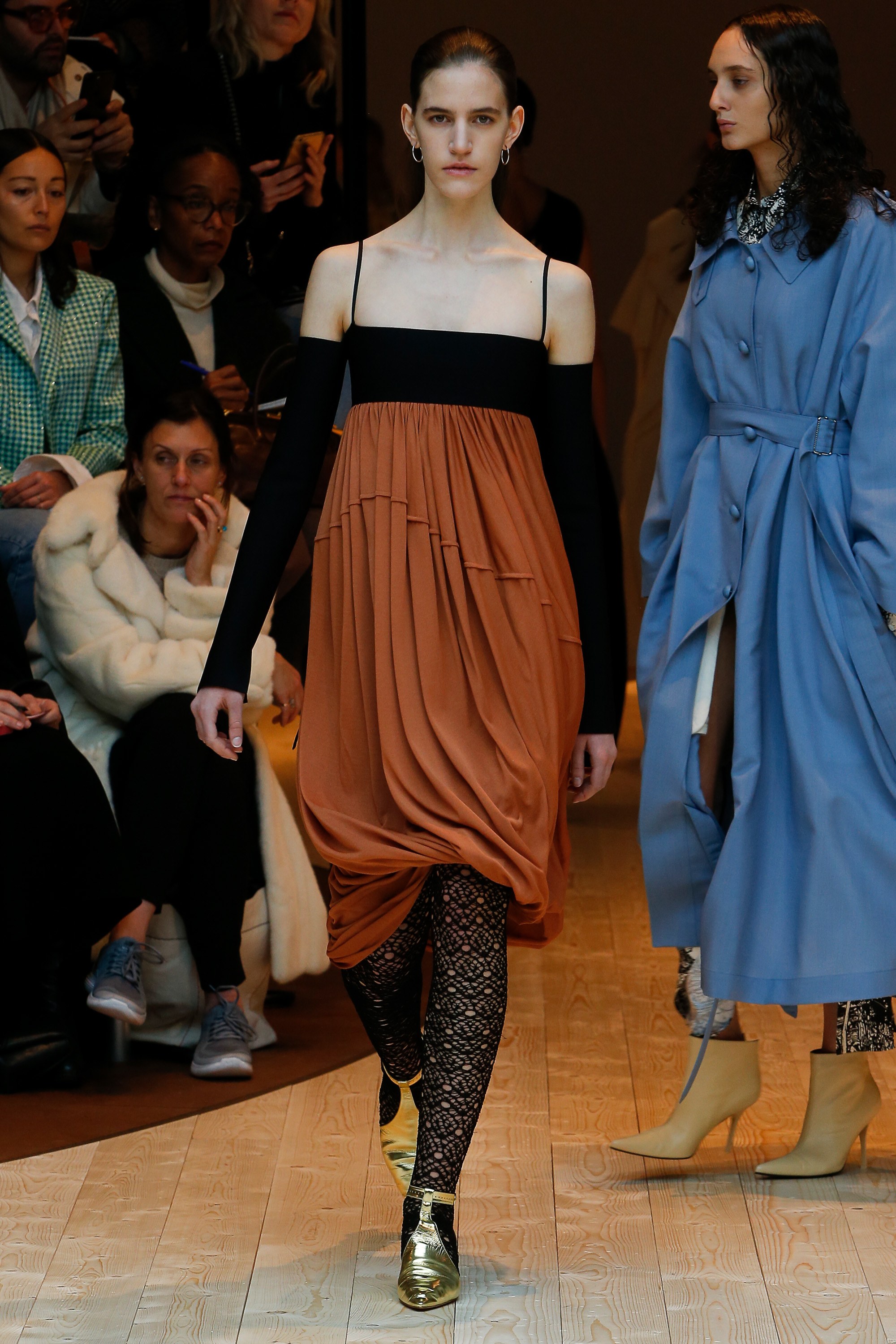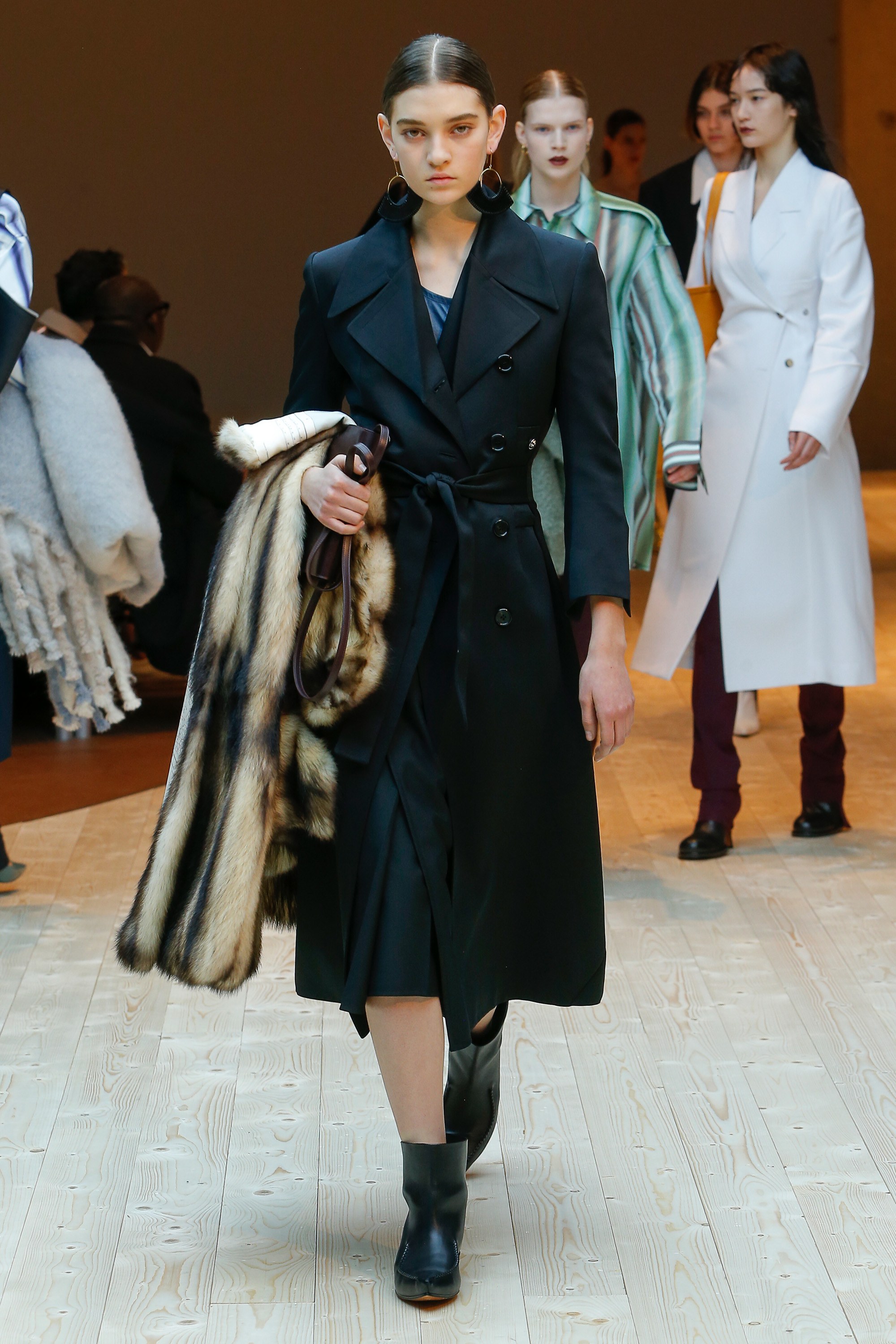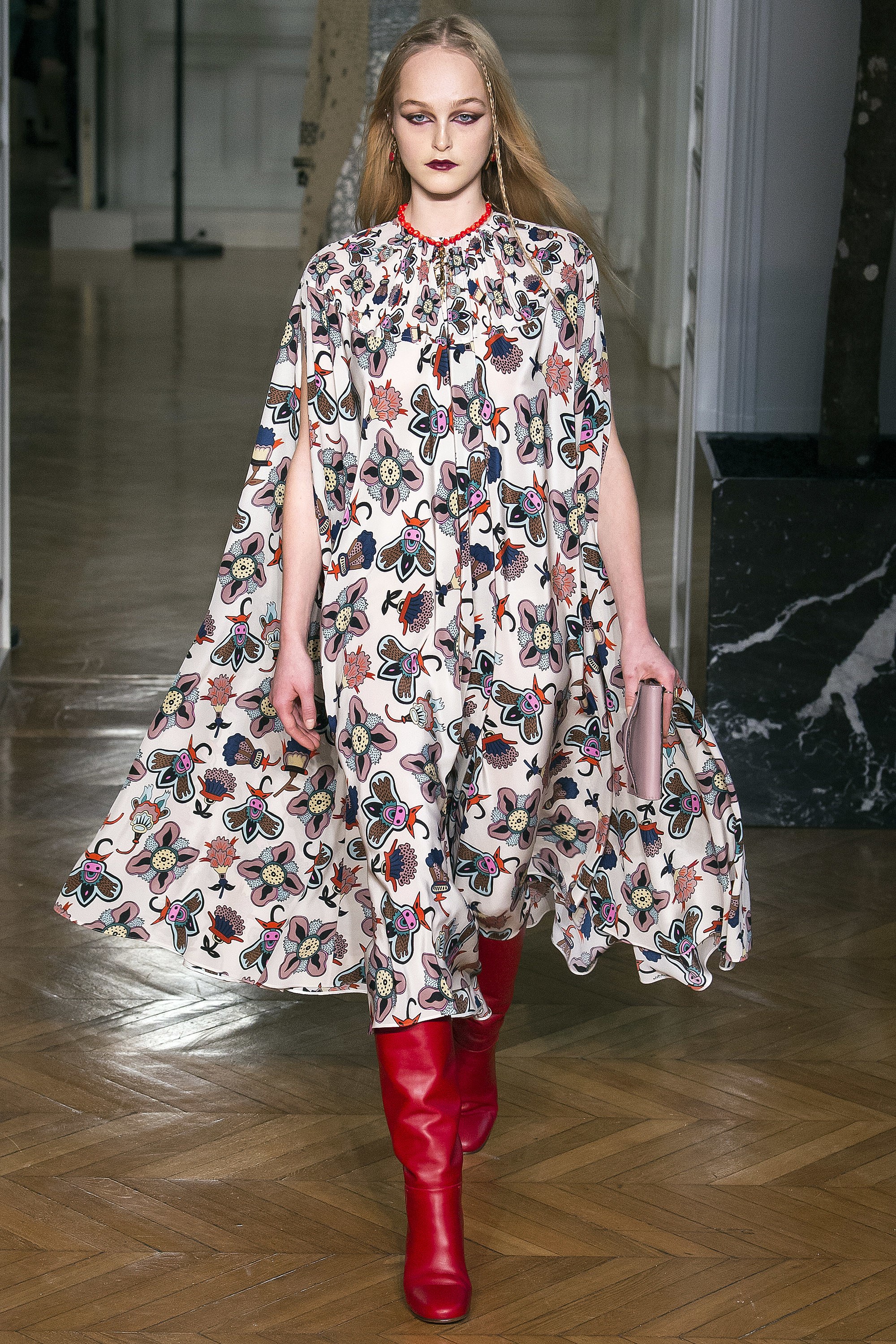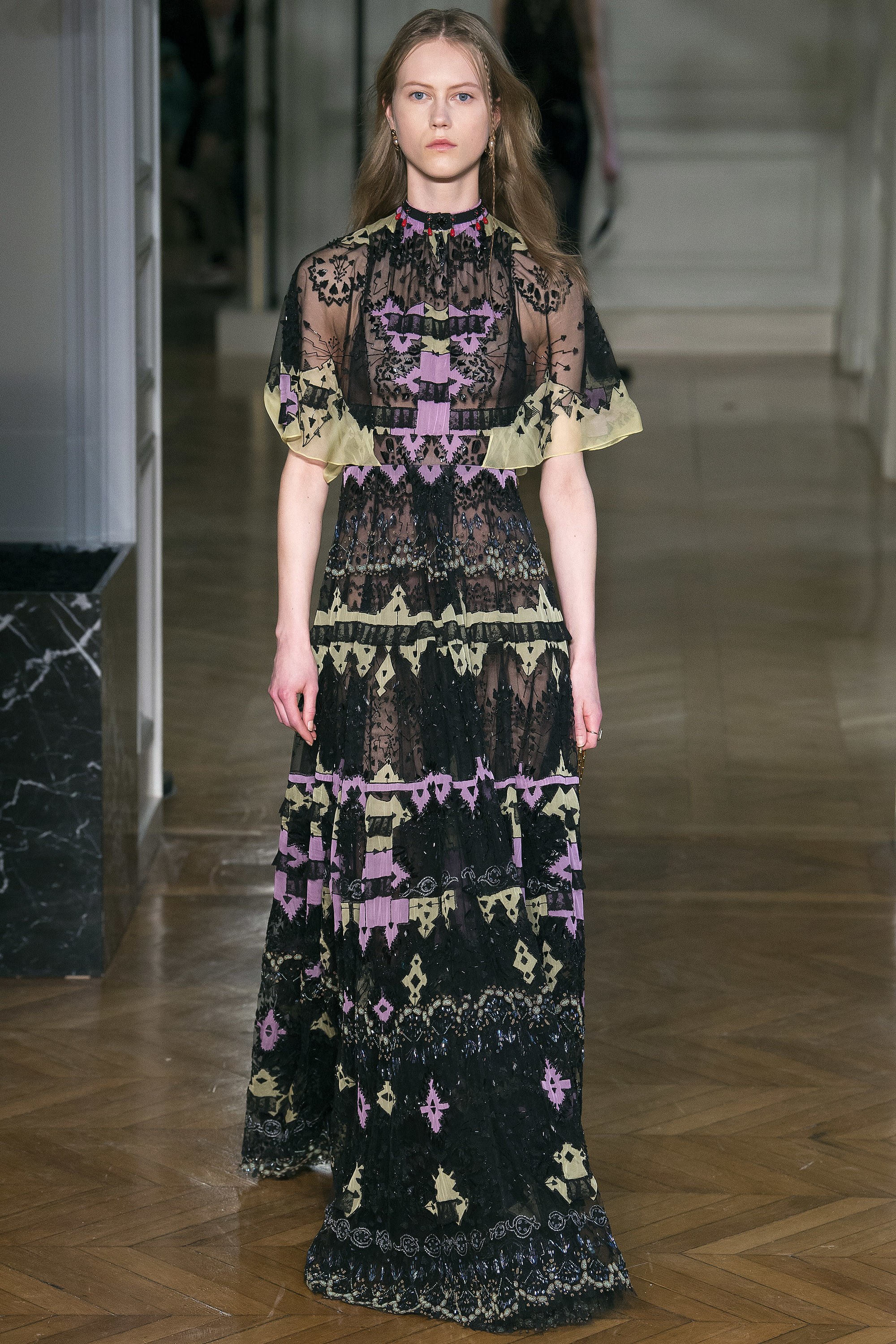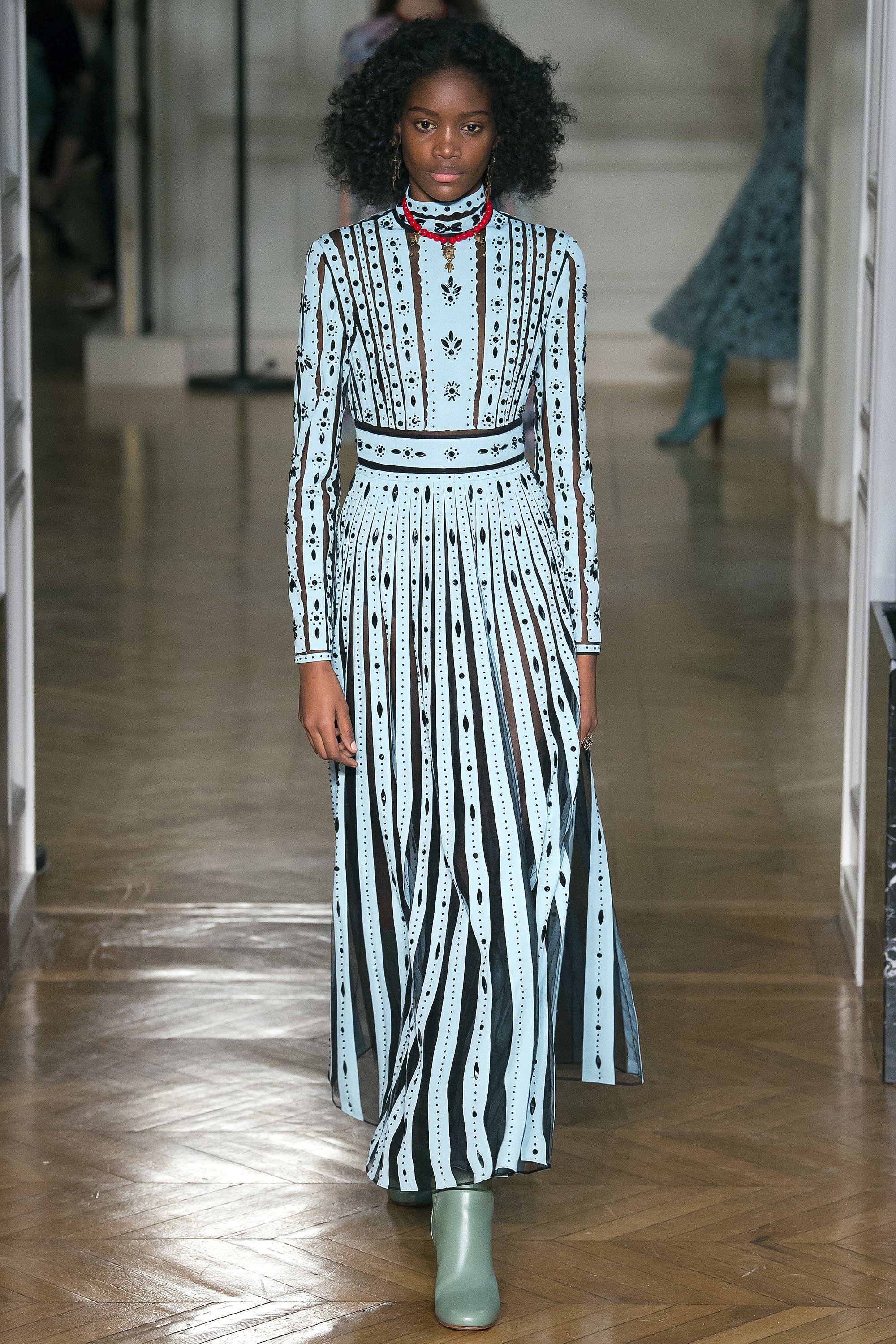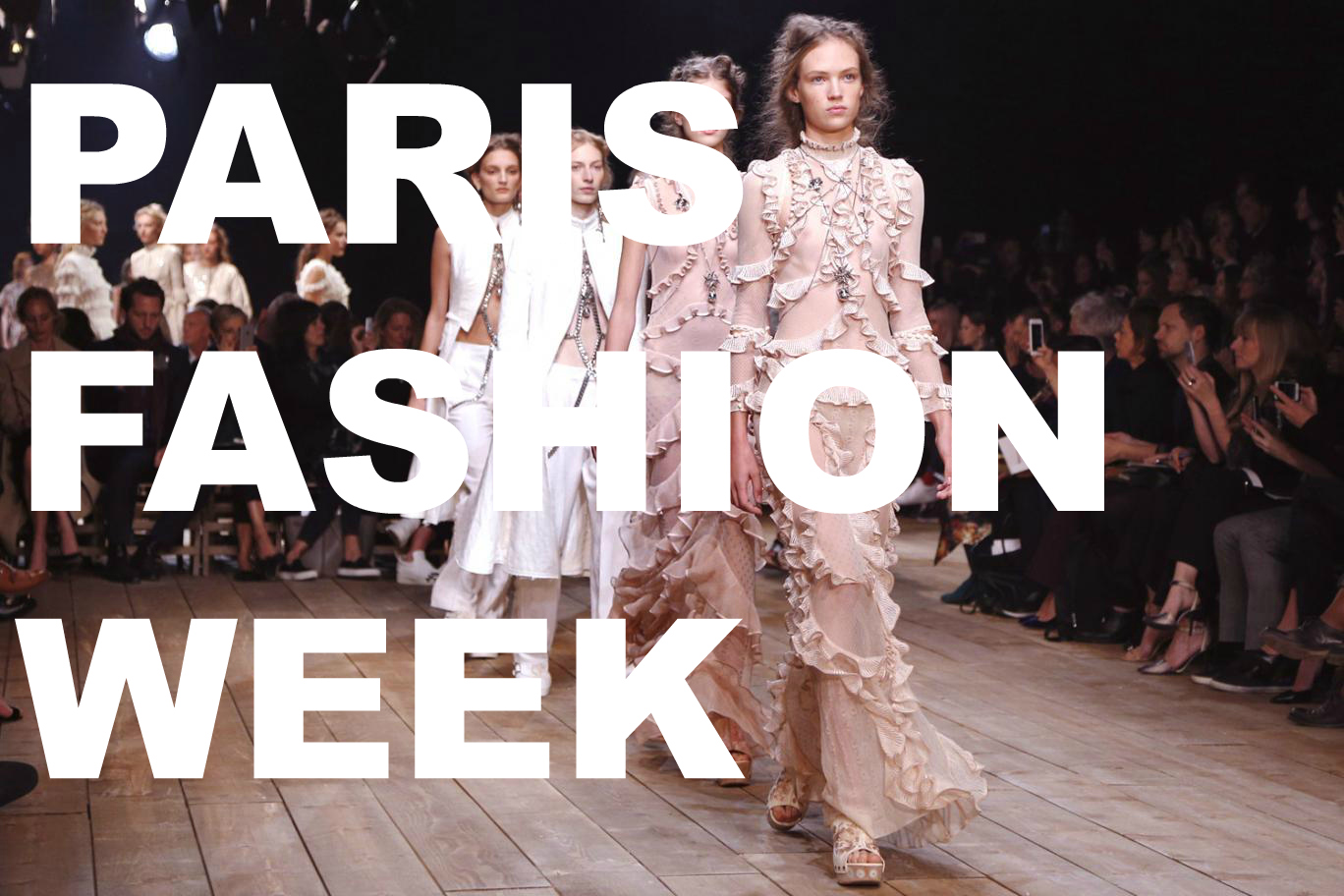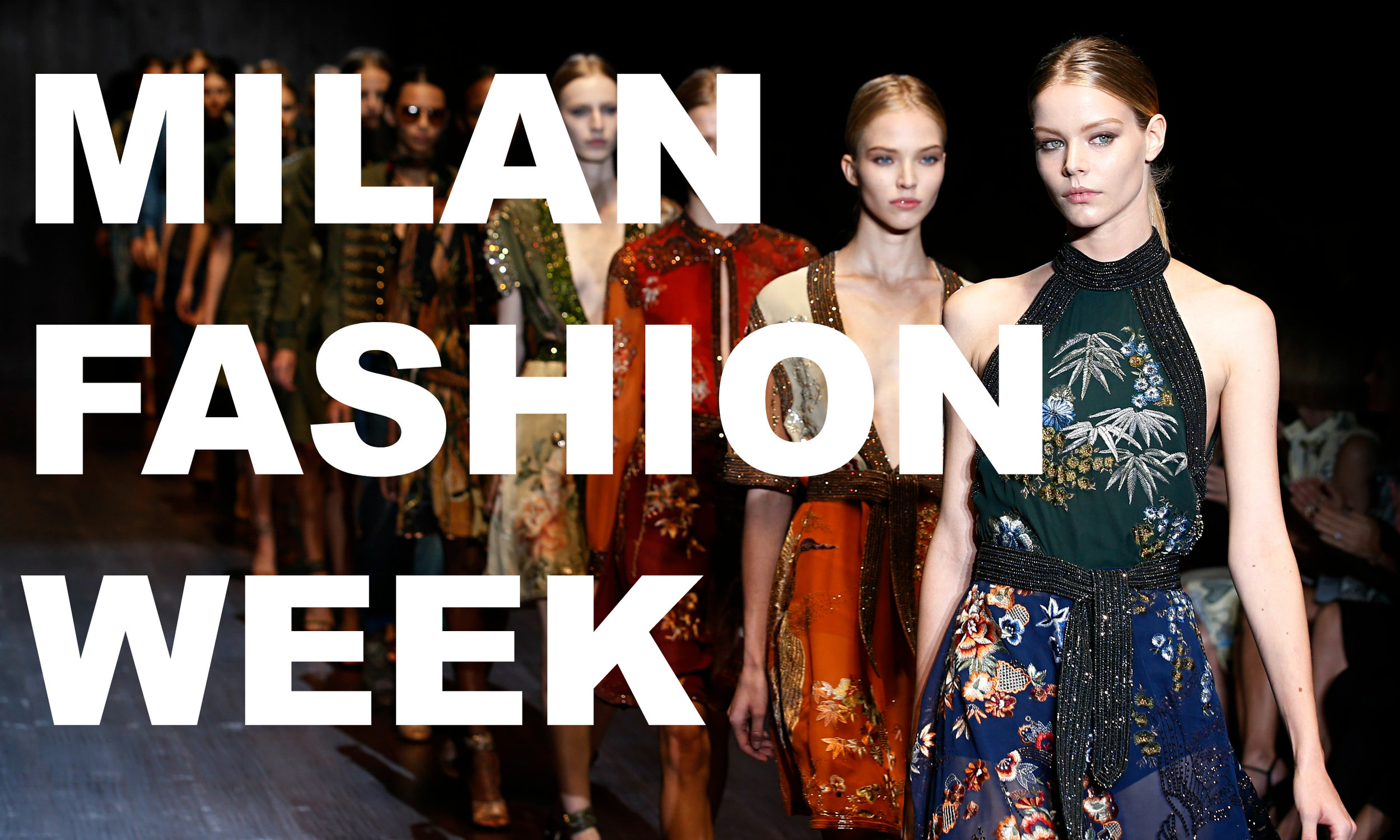Paris Fashion Week Part 2
The second round of Parisian shows were just as tres belles as the first round, and had some of the most iconic houses like Balenciaga, Celine, and Valentino. Haidier Ackerman had an extremely stong show, and of course I had to include the weird and outlandish Comme des Garcons show (which mostly looked like giant lint-balls and cardboard, but if you take time to think, might have had a lot underneath it).
If you missed any Fashion Month coverage, you can find it all HERE
Haidier Ackerman
Haidier was born in Columbia and then adopted by French parents who traveled Africa for most of Haidier's early life, until he moved to Belgium to attend The Royal Academy of Fine Arts in Antwerp. He interned under John Galliano and went on to design for several brands before opening his namesake label in 2001. He declined succeeding Galliano at Dior, and is deemed Karl Lagerfeld's ideal successor for Chanel.
Ackerman's Fall show was decidedly more straightforward and structured compared to previous shows. The color palette was minimalistic, the majority of pieces in basic black or white, and the only true decoration was a small gold filament that was subtly and artfully placed. He played on the roguish pantsuits that have been gracing runways for over a month, and thier distinctly more masculine aesthetic follows suit of many other designers of recent.
Mugler
Thierry Mugler began his life in art and dance, eventually moving to Paris and doing freelance design work. He launched his first collection titled "Café de Paris" in 1973. It was quickly picked up by fashion editors, and by the 1980's and 90's, Mugler became an internationally recognized designer. His designs are incredibly structured and devoid of print or pattern, focusing on silhouette and color to make his statements. Thierry was replaced in 2010, and David Koma is currently Creative Director.
With the bottle shape of Thierry Muglers best-selling perfume, Angel, looming in the background, you can easily see the similarities of shape from the bottle to the clothes. Koma showed star-studded designs with heavy ribbed cashmeres, and bright reflective outerwear maneuvered into triangle-like shapes.
Comme des Garcons
The Japanese label (which translates from French to "Like Boys") was founded in 1969 and is headed by Rei Kawakubo and her husband Adrian Joffe. They showed in Paris for the first time in 1981 and have collaborated with many other labels such as Nike, Louis Vuitton, and J.Crew. Rei Kawakubo will also be the subject of a Metropolitan Museum of Art exhibition in 2017.
A Comme des Garcons show is an experience like no other. Kawakubo does not stick to designing based on trends or popular silhouettes, but instead creates more of an art exhibition with odd forms that make the audience think and feel rather than just judge it as good or bad.
Balenciaga
Cristóbal Balenciaga was a Spanish couturier who was famous for unyielding standards, called "the master of us all" by Christian Dior and "the only couturier in the truest sense of the word" by Coco Chanel. His mother was a seamstress, and after being taught by her, a wealthy patroness funded his study of tailoring in Madrid. He opened a boutique in San Sebastián, and designed for the Spanish Royal Family, but when civil war broke out in Spain, he relocated to Paris. His noteworthy protégés were Oscar de la Renta, Andre Courreges, and Hubert de Givenchy. The Balenciaga house is currently under the direction of Demna Gvasalia.
Gvasalia apparently went through years and years of photographs of Balenciaga's designs and noticed that the models consistently were clutching thier coats in an off-kilter sort of way, which inspired the odd on-shoulder buttoning of the coats in the collection. Gvasalia was aiming for nonchalance and attitude in his collection, as well as a high level of sophistication, which was definitely achieved by his pencil skirt looks (which were actually made of car mats, btw). The looks were accessorized by key-laden chain necklaces, obscenely over sized bags, and flashy belt-buckle earrings.
Céline
Céline was founded in 1945 by Céline Vipiana and was originally a made-to-measure children's shoe business but quickly refocused onto womenswear and women's accessories. In 1996, LVMH bought the house and propelled it into popularity. Céline Vipiana remained the deigner at her house until 1997, and is currently headed by Phoebe Philo.
The environment that Philo created for the Fall show was a very strange and uncomfortable one. Guests sat on rotating turntables and an incessant, almost intolerable note played in the air until the models walked in a strange, sporadic, and overall unsettling choreography. The clothes themselves were a firmiliar and sophisticated form that Céline customers will no doubt flock to. Philo declined to comment to any press about the meaning or inspiration behind the presentation of the collection, but one theory from Sarah Mower at Vogue was "an artistic enactment of the acute background awfulness women must try to rise above every day".
Valentino
Valentino Garavani was born in Lombardy, Italy, and studied at La École des Beaux-Arts and La Chambre Syndicale de la Couture Parisienne in Paris, before apprenticing for Jaques Fath, Balenciaga, and Guy Laroche. He founded his namesake label, Valentino, in 1960 in Rome, and made his debut show in Florence in 1962. He has designed the wedding dresses of Elizabeth Taylor, Anne Hathaway, and Princess Madeline of Sweden, among others. Valentino retired from his label in 2008, succeeded by Maria Grazia Chiuri and Pierpaolo Piccioli. (Chiuri is now head of Dior, and Piccioli is the sole head of Valentino).
Even in times of political tumult, Valentino has always used it's brand as a level of escapism. While other designers make powerful, modern statements, Valentino transports us all to an idyllic world of beauty and grace. Piccioli used Victoriana and the Memphis Group as a starting point for his collection, which while having no apparent common connection, led to high-waisted, high-necked silhouettes in decadent ice-cream colors that left us all in a breathless euphoria.
xoxo,
Audra

